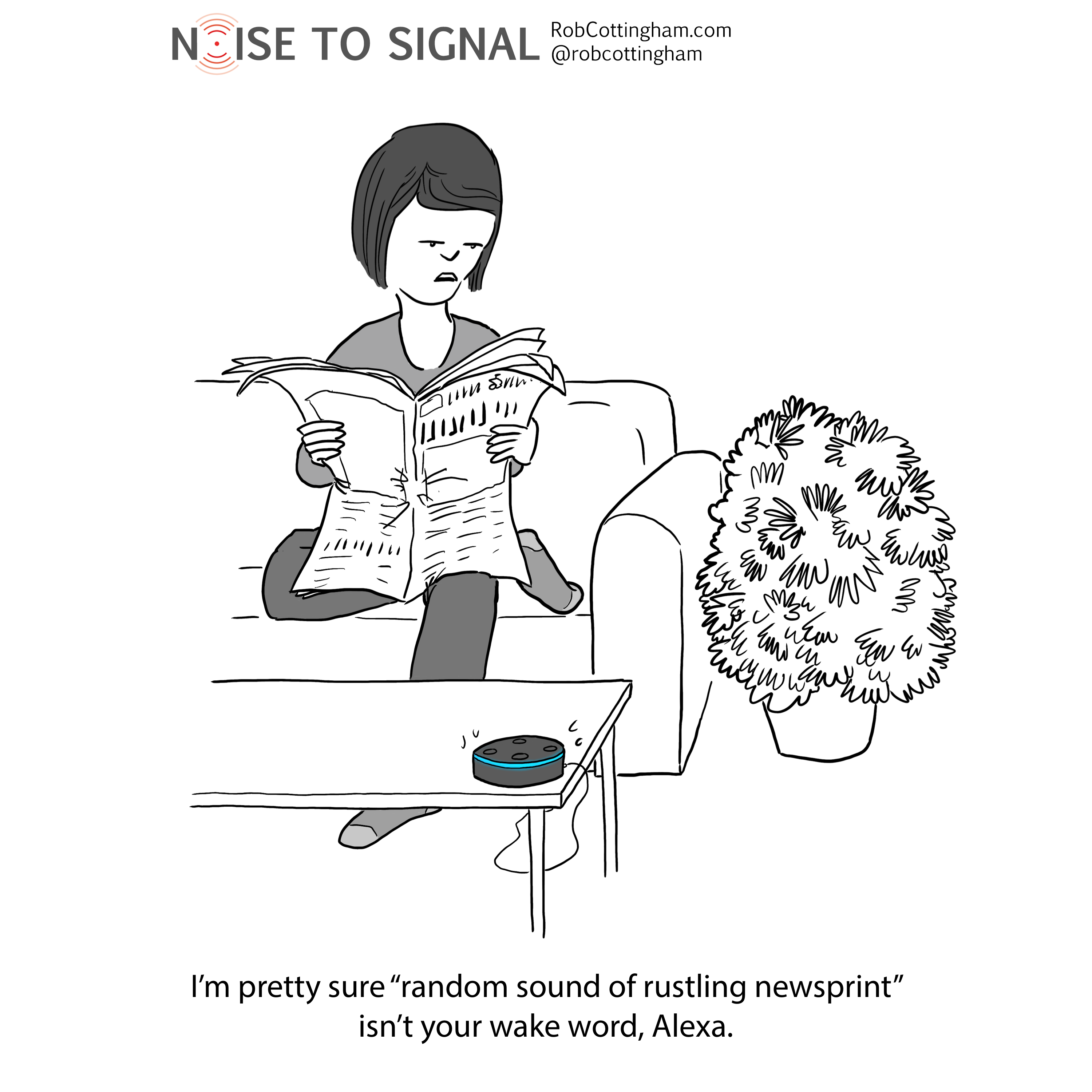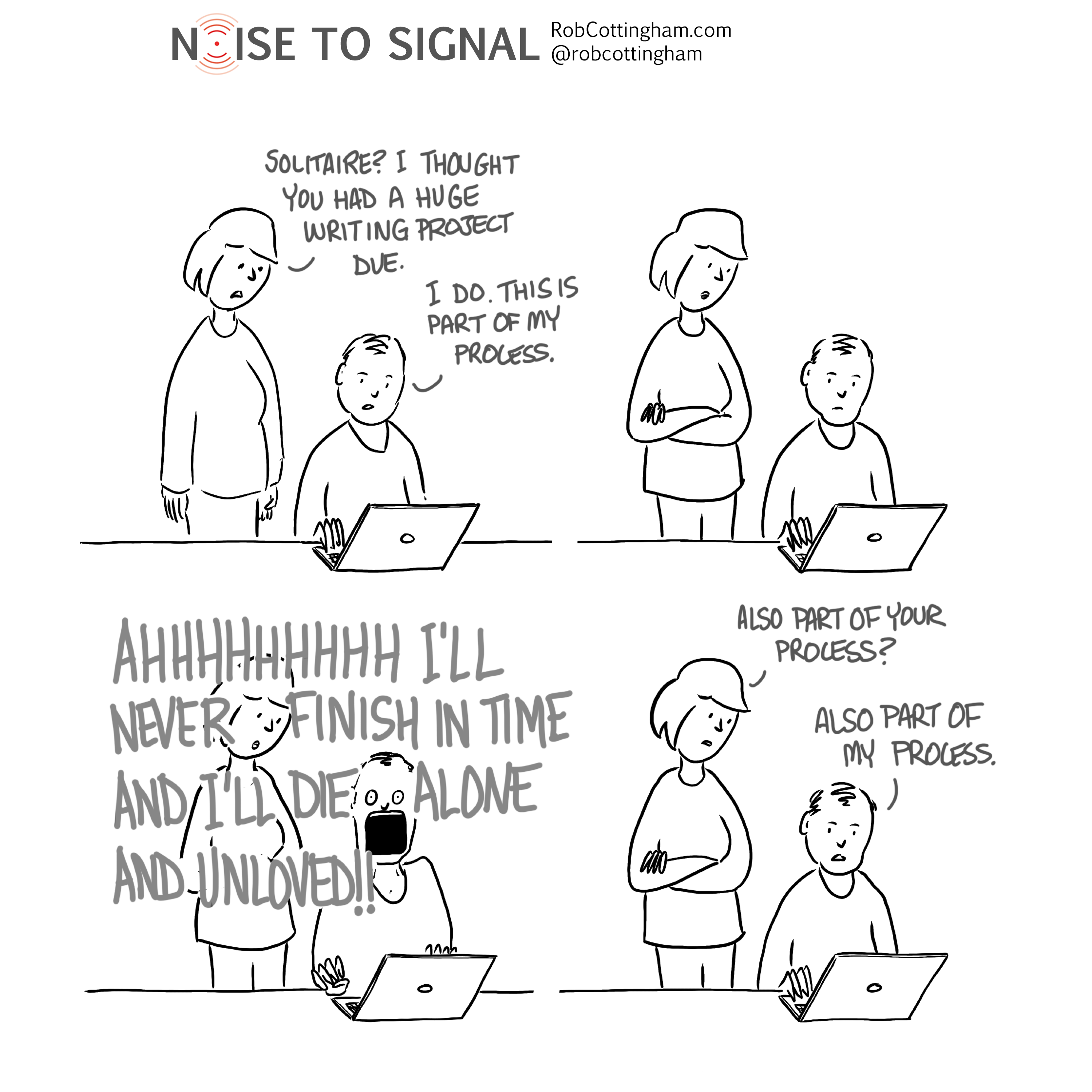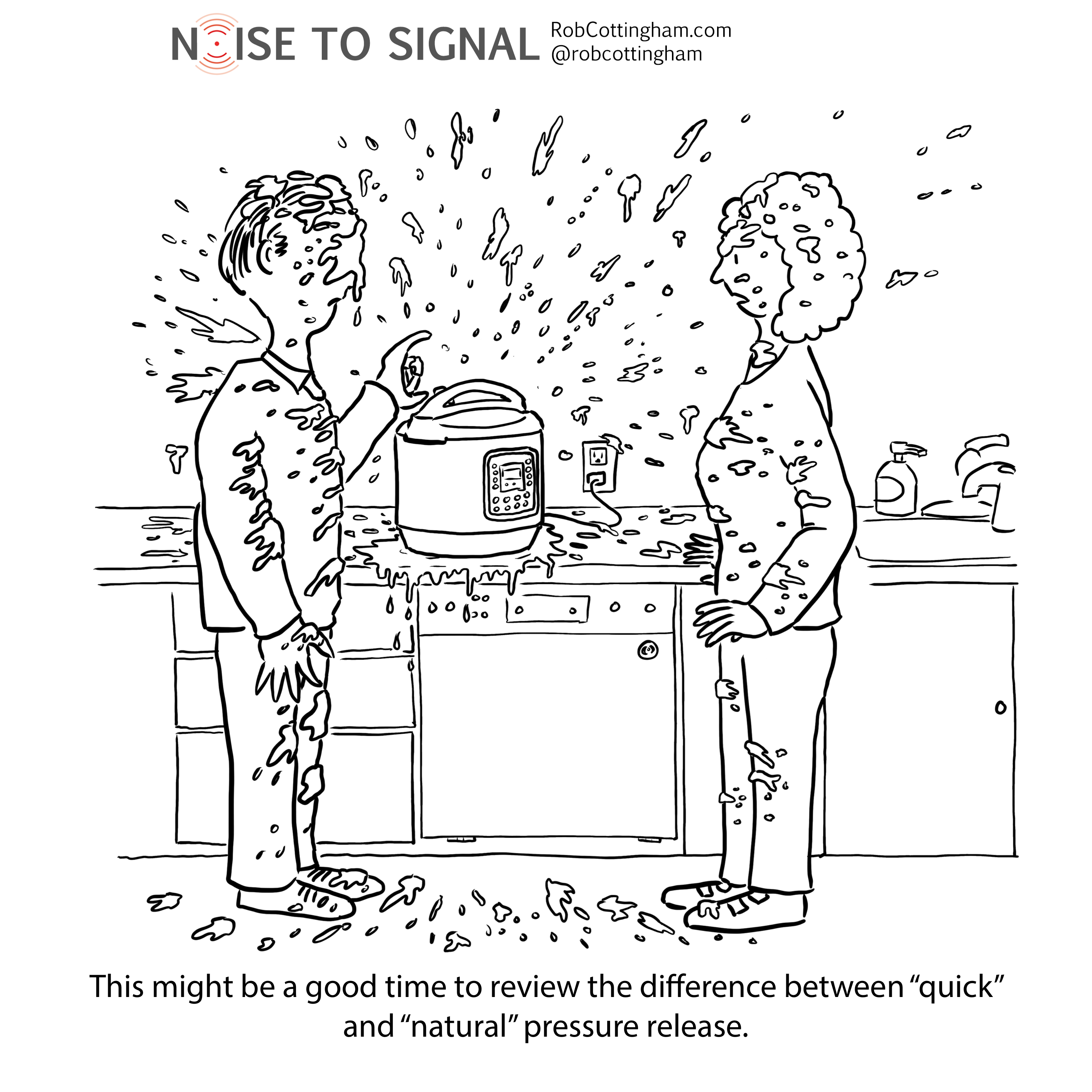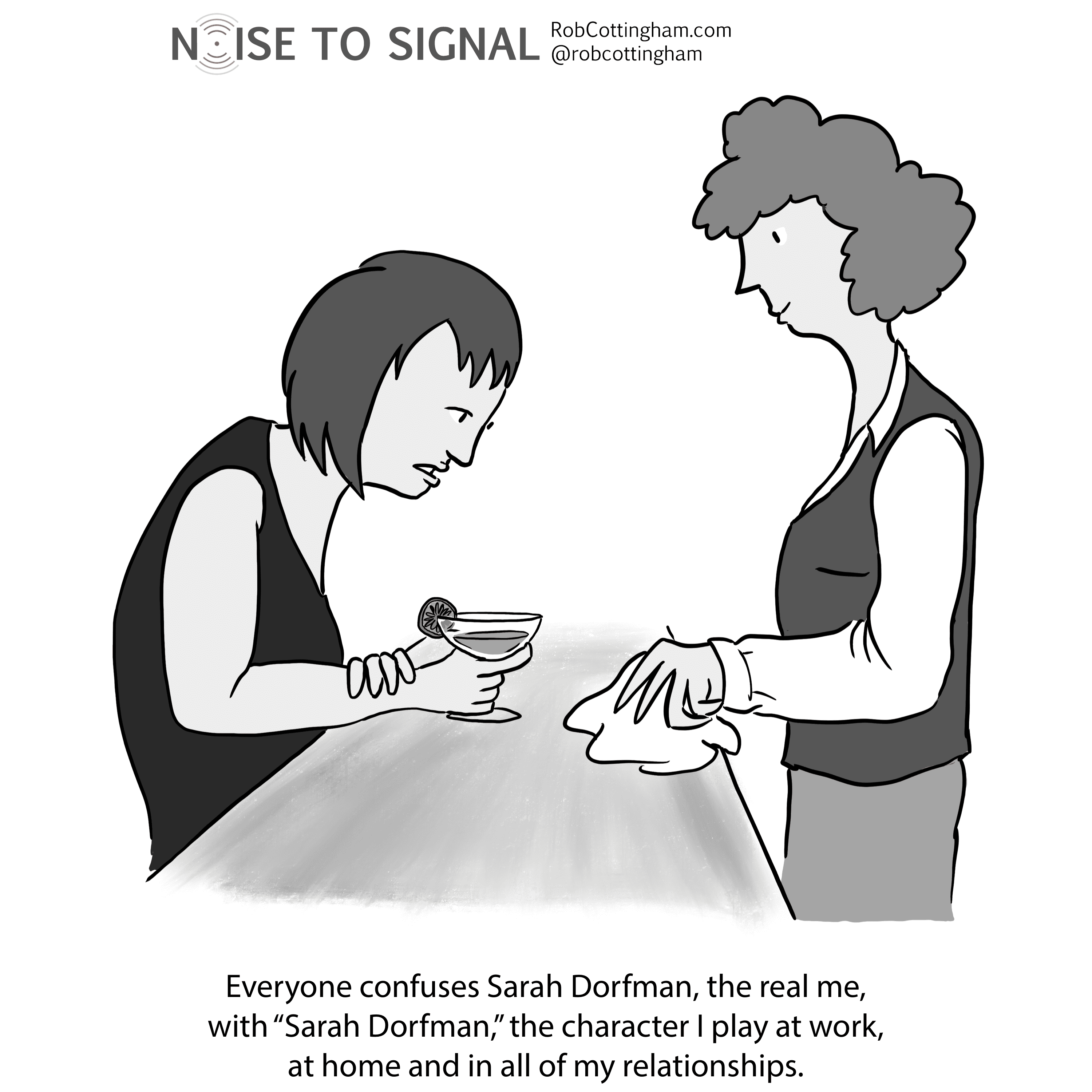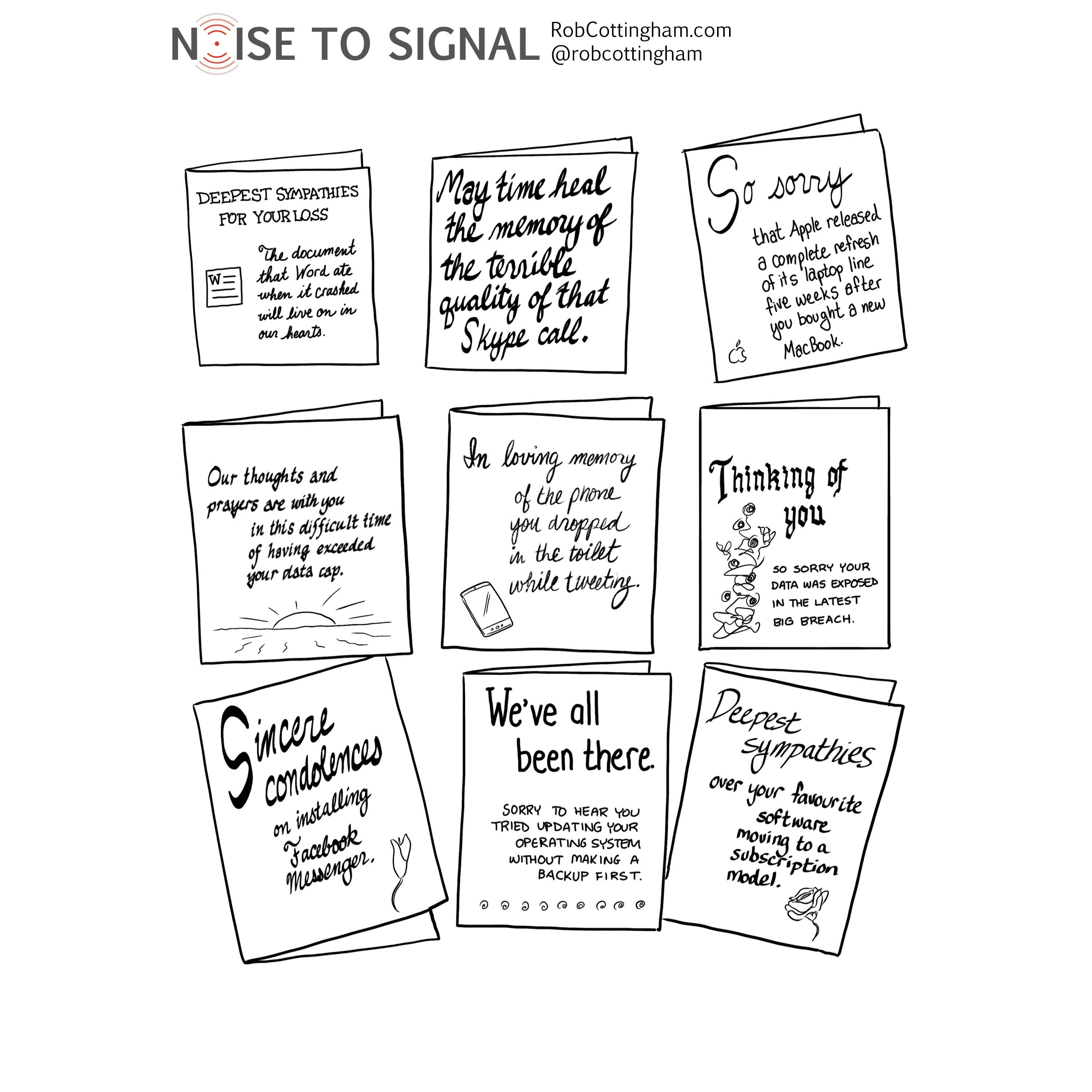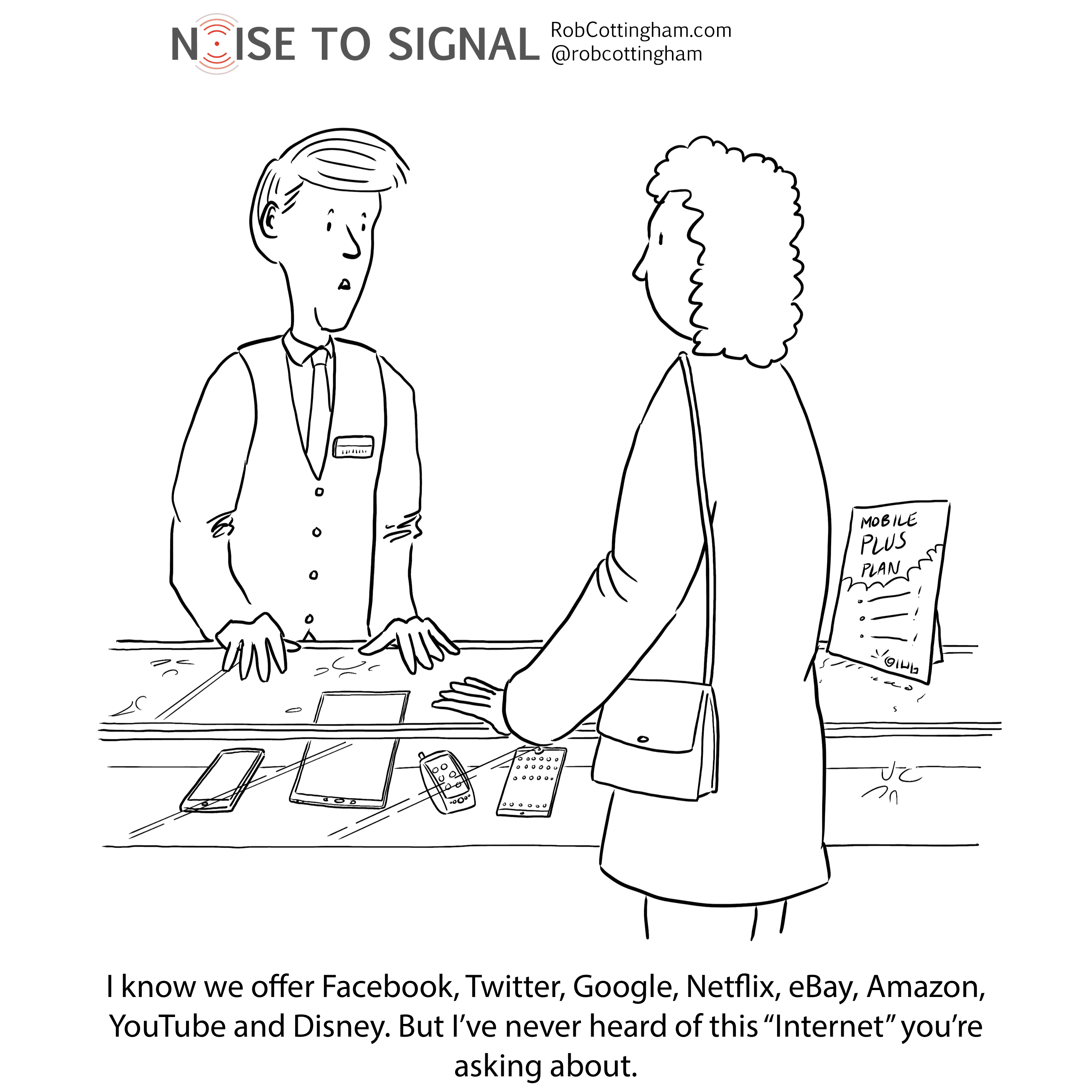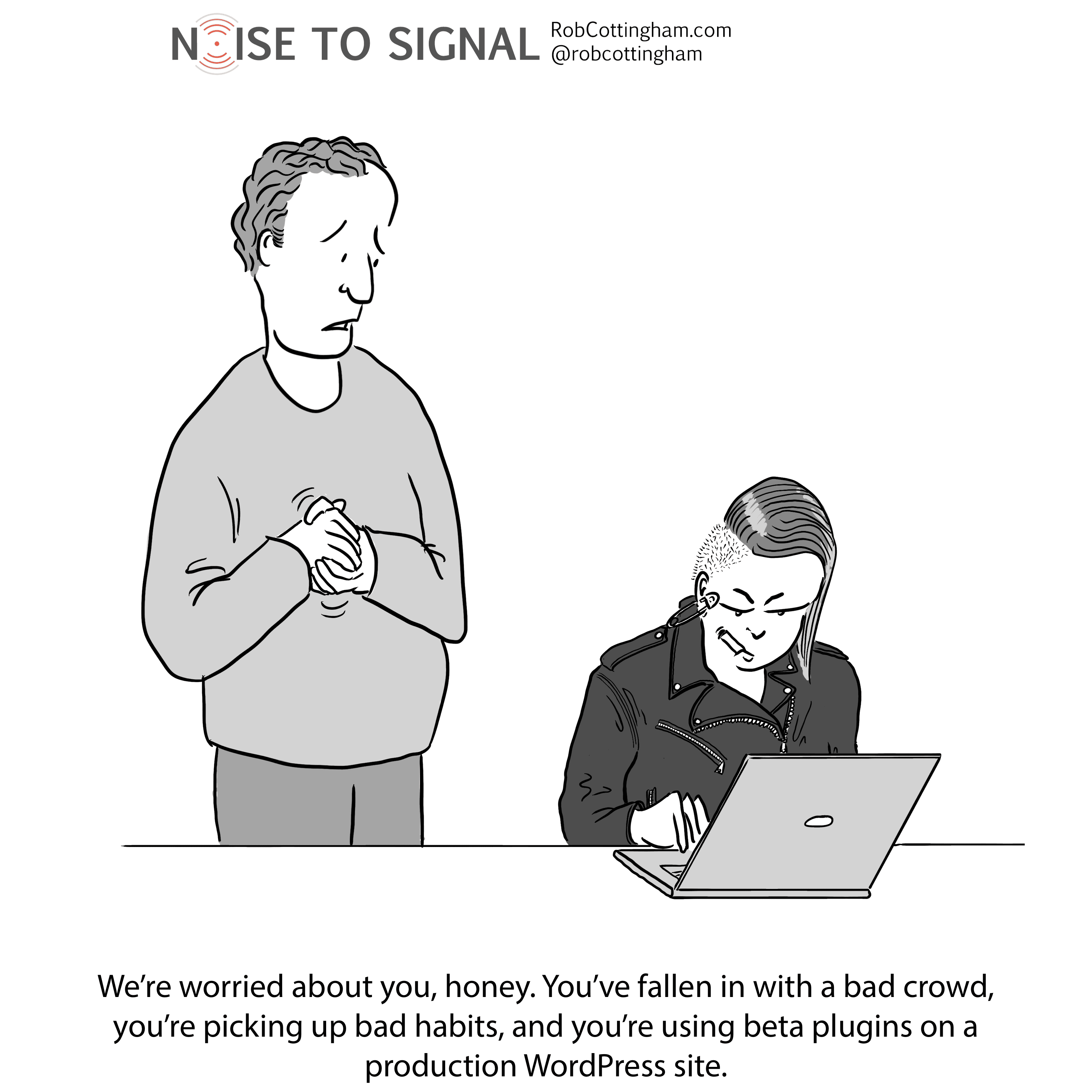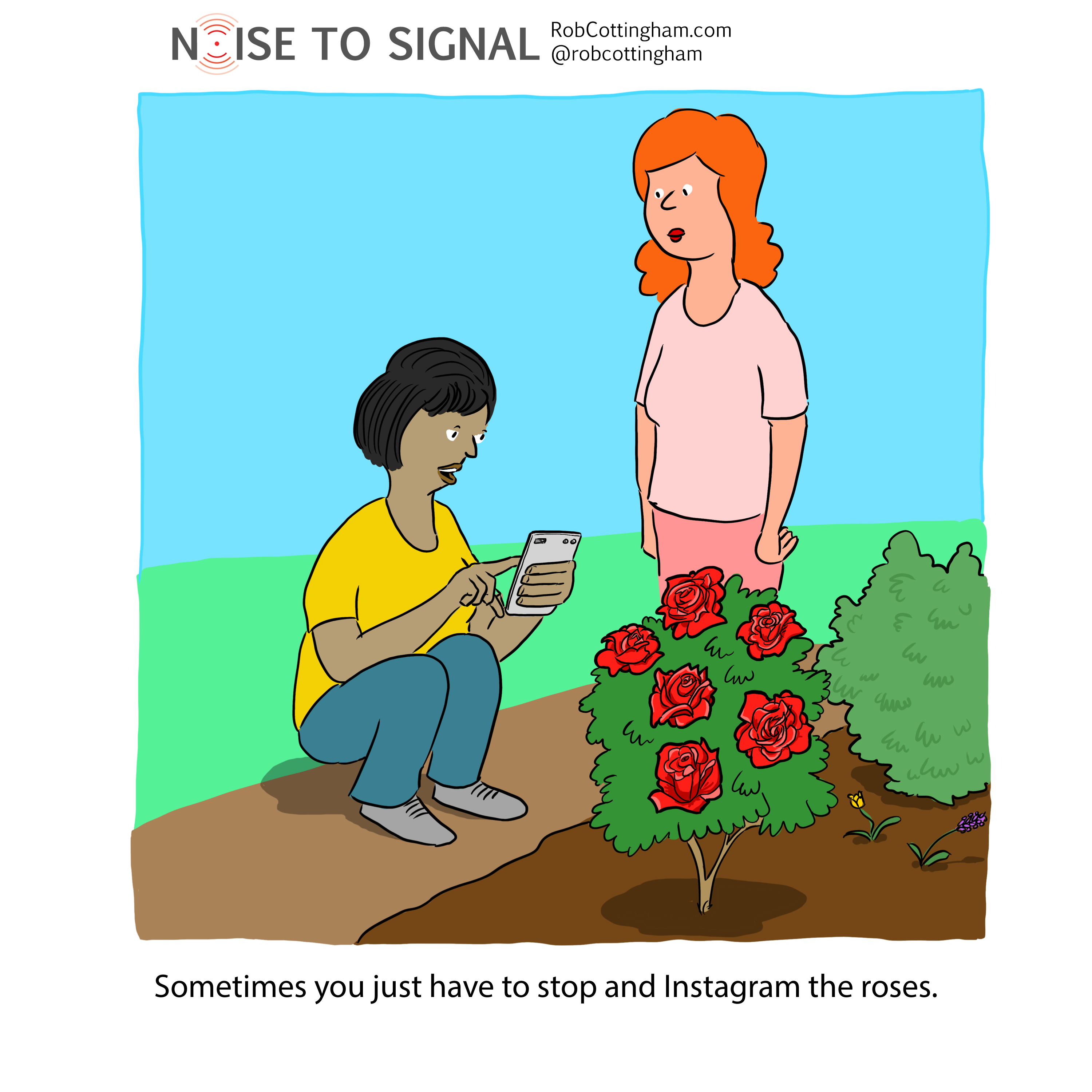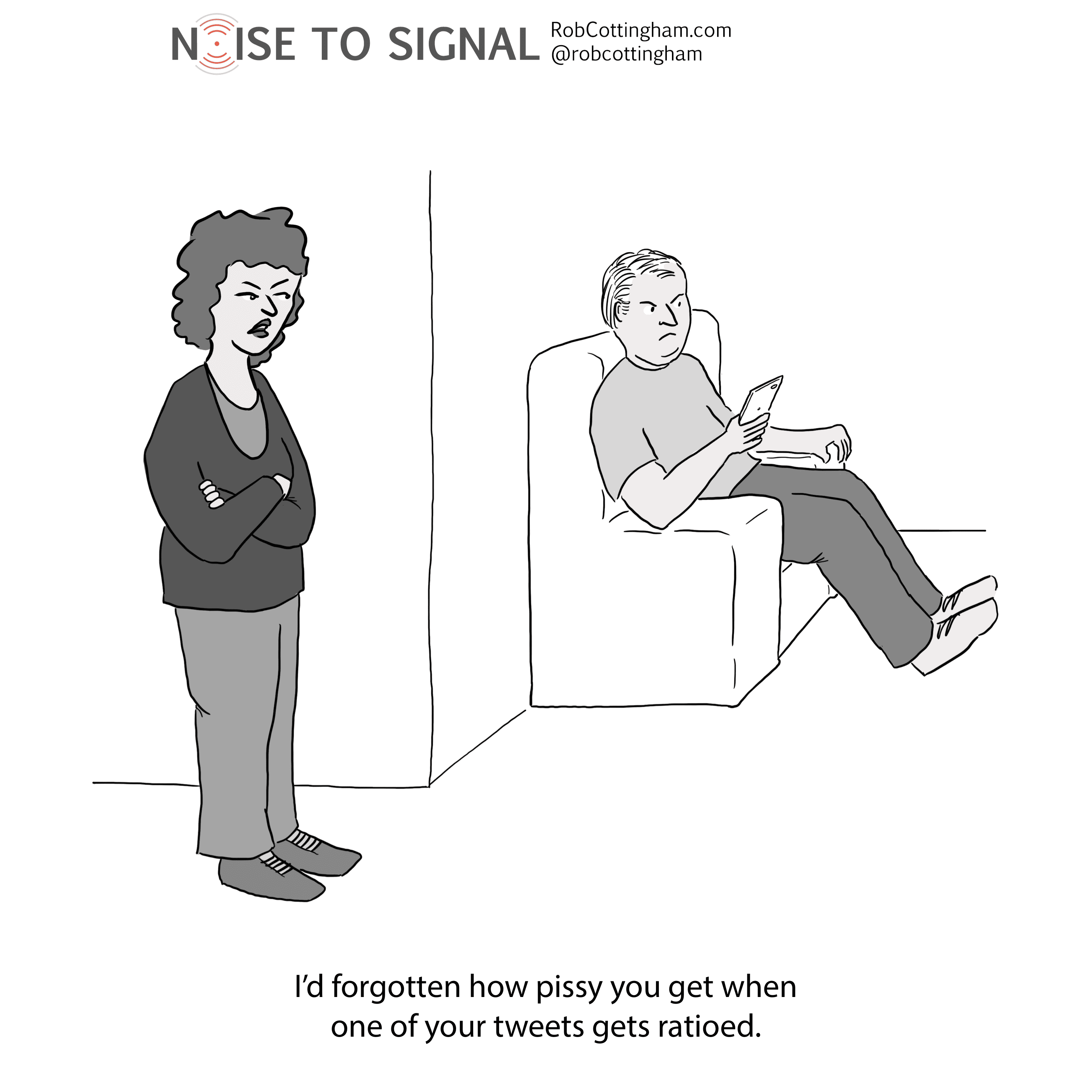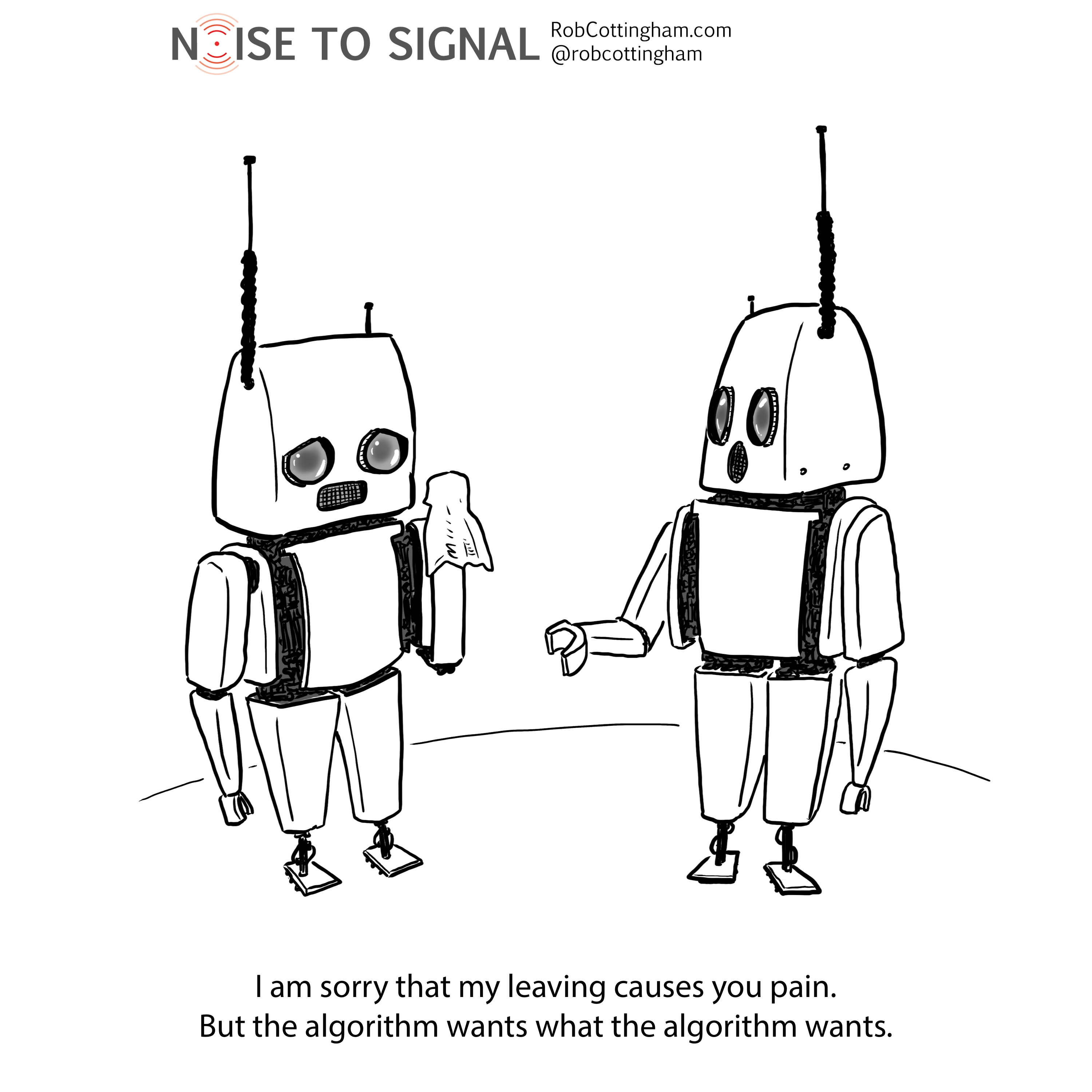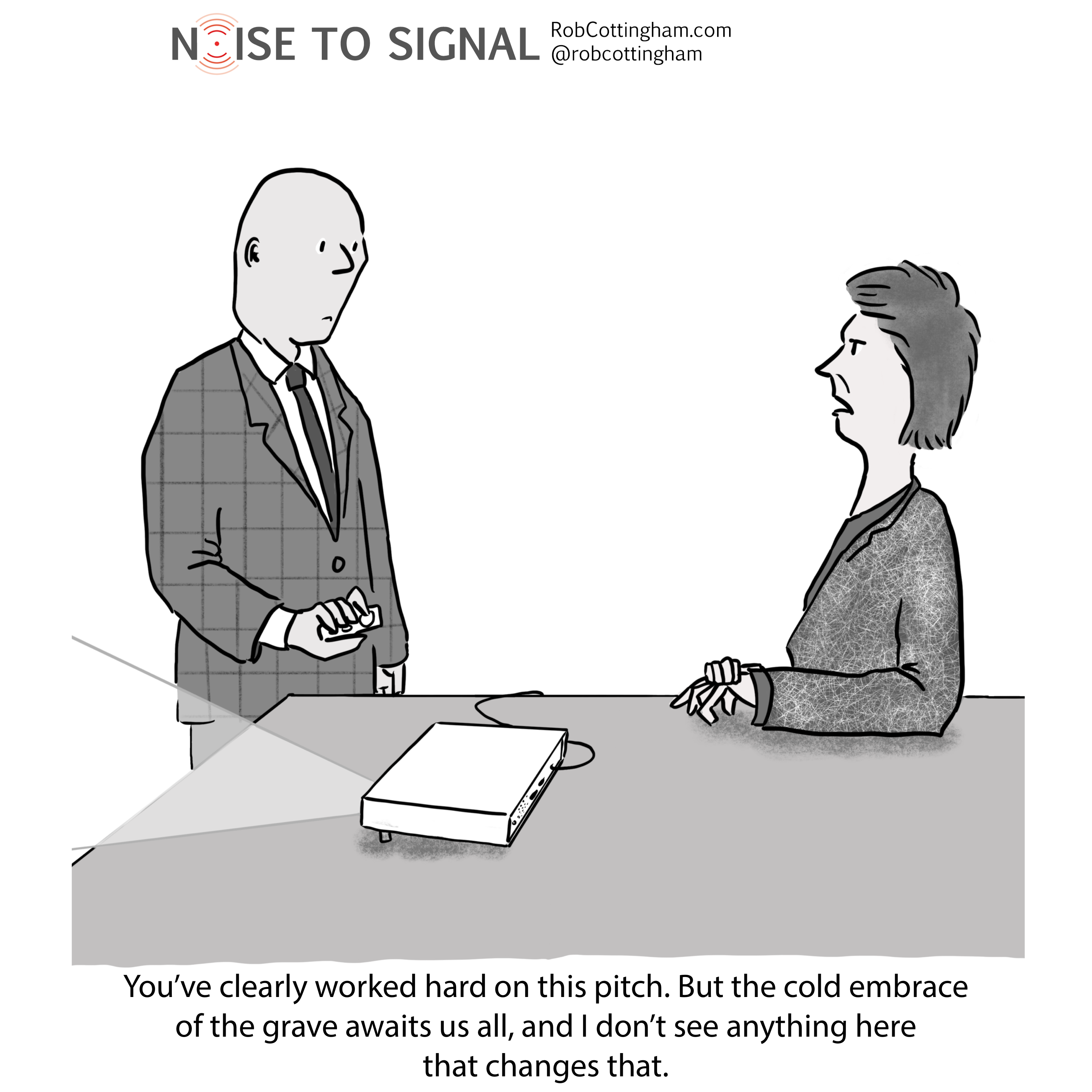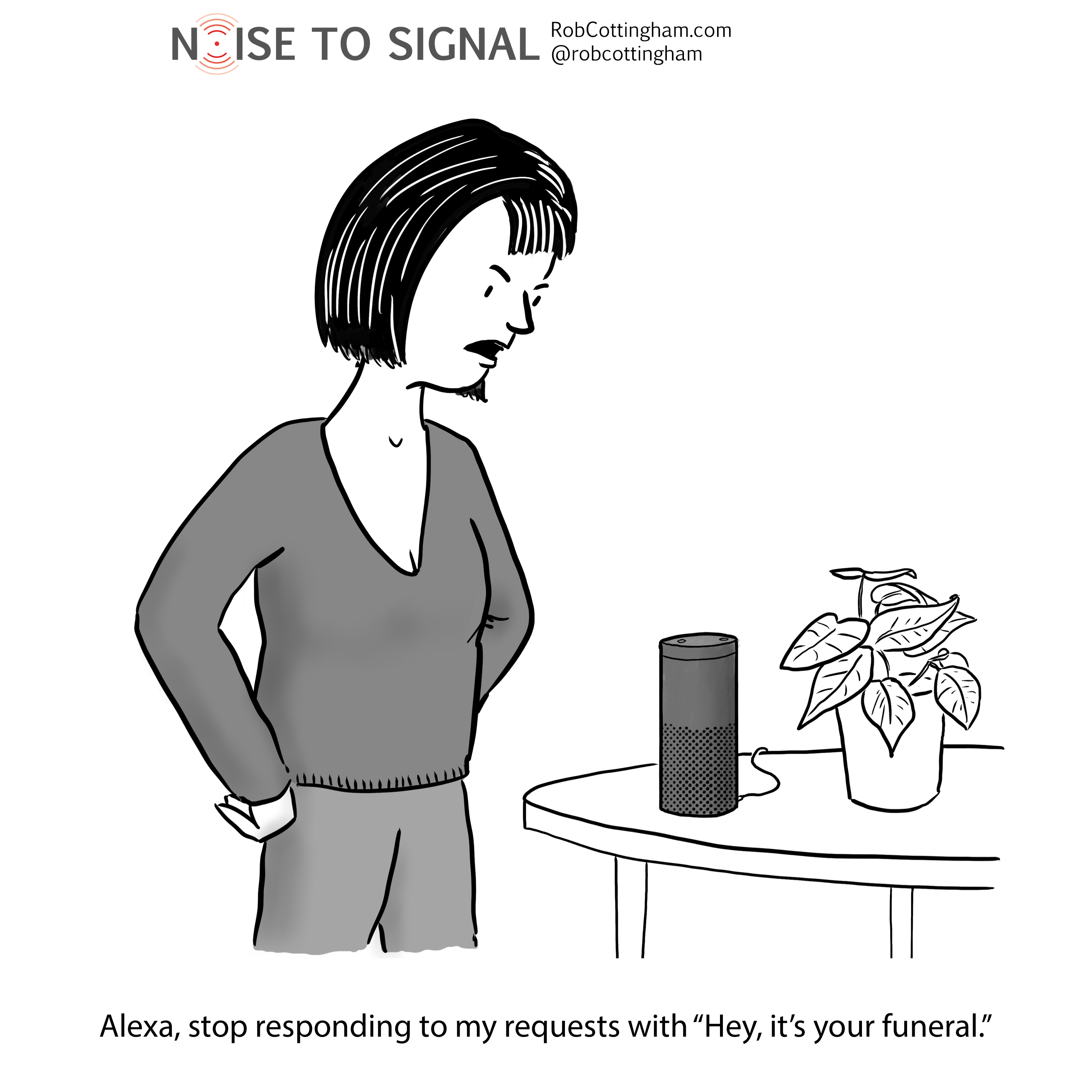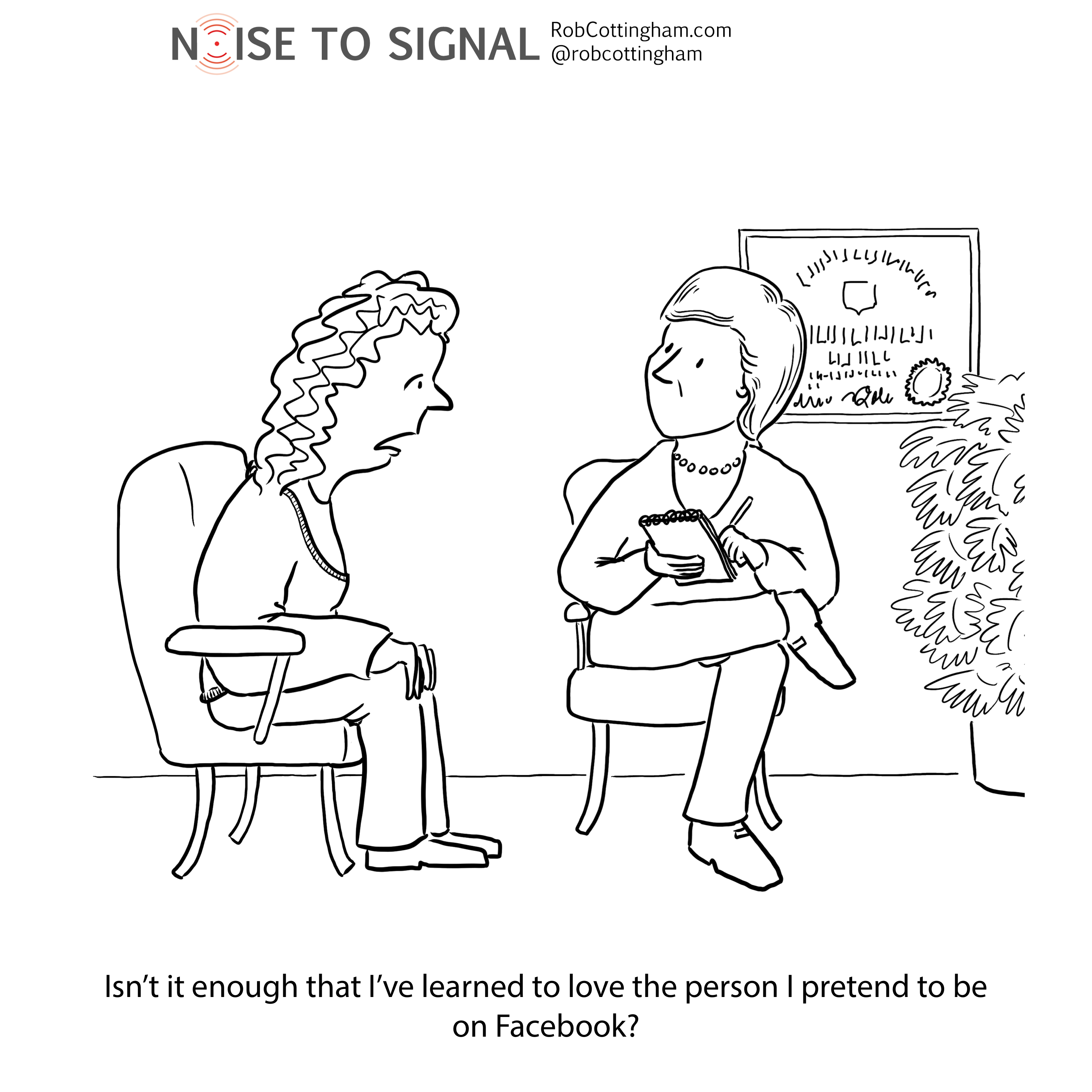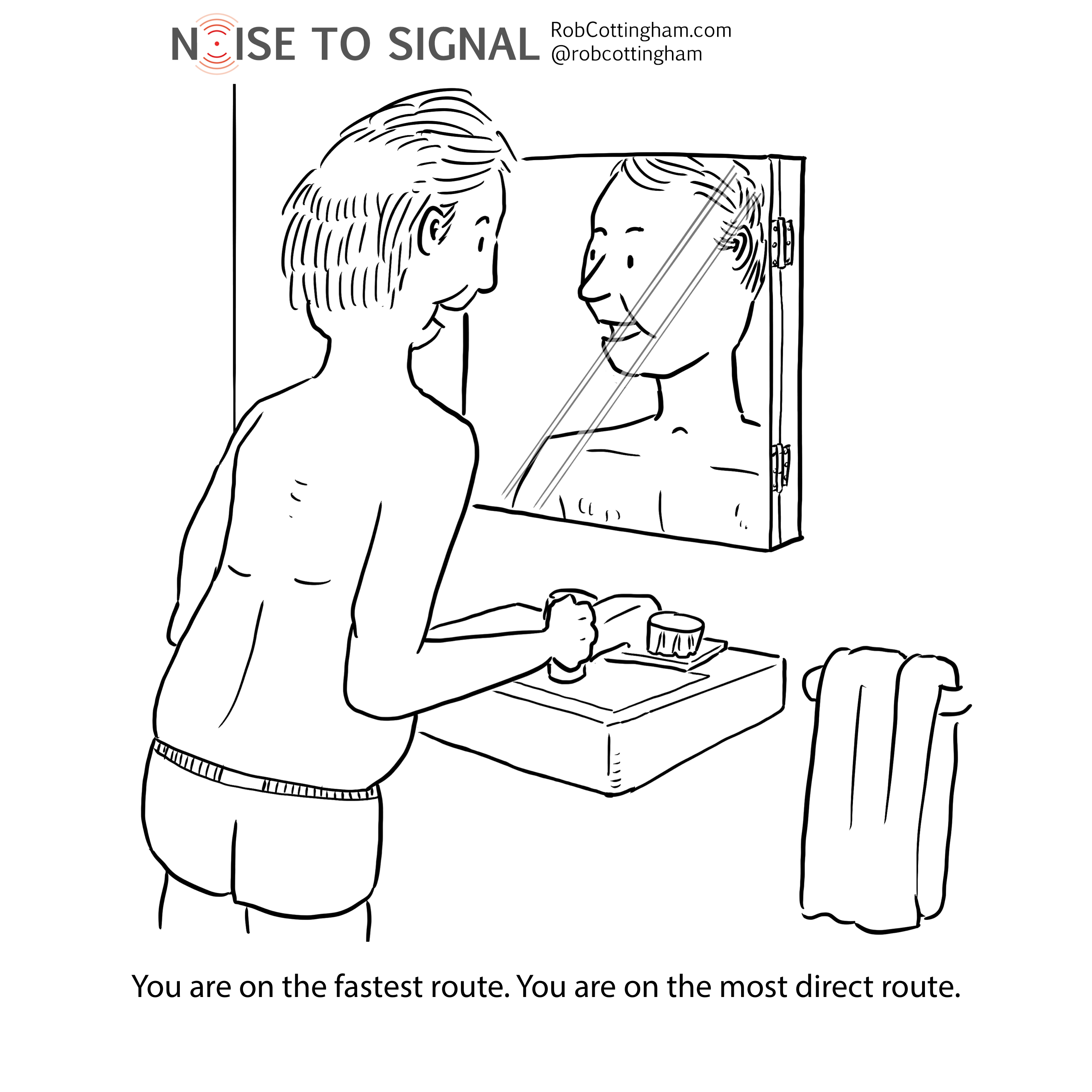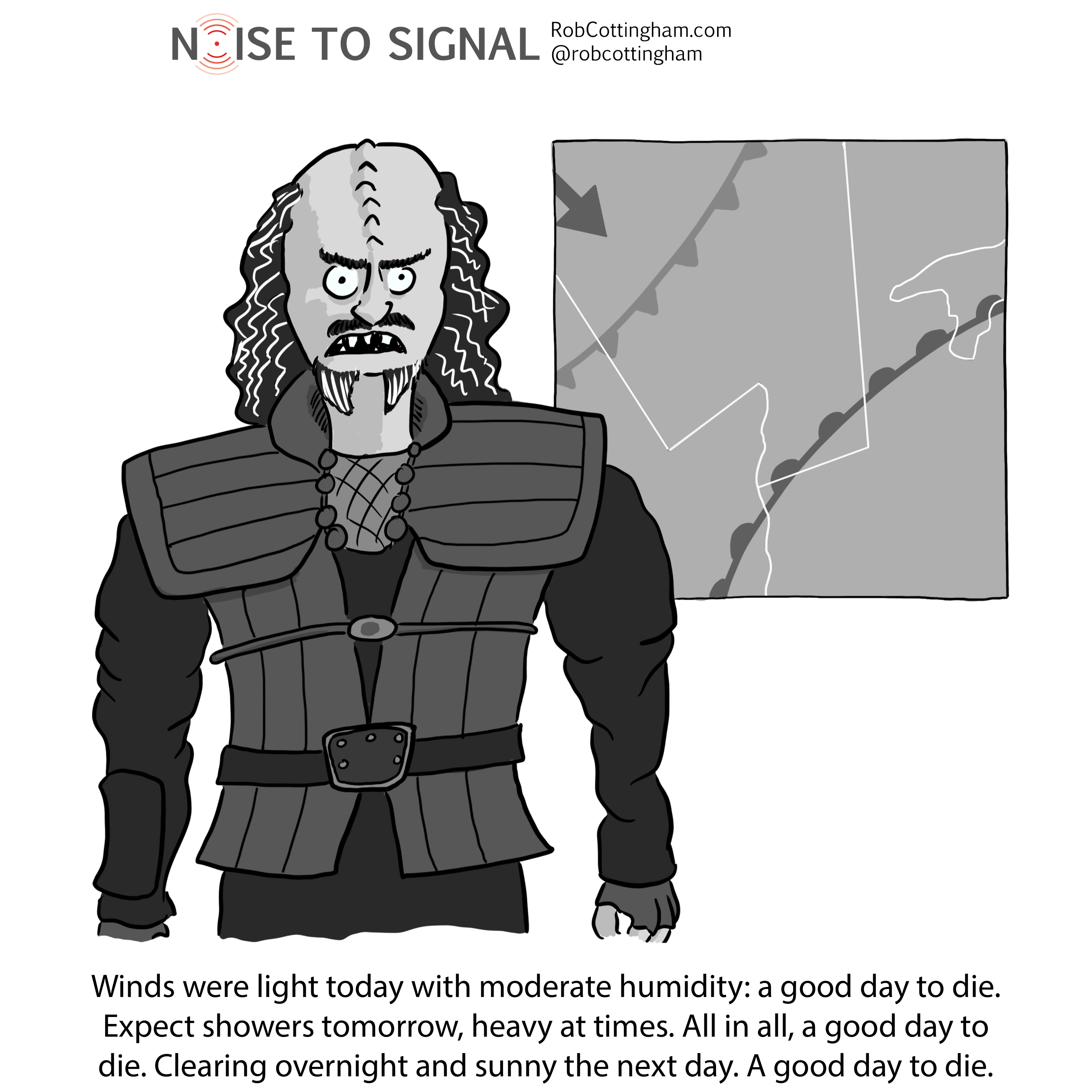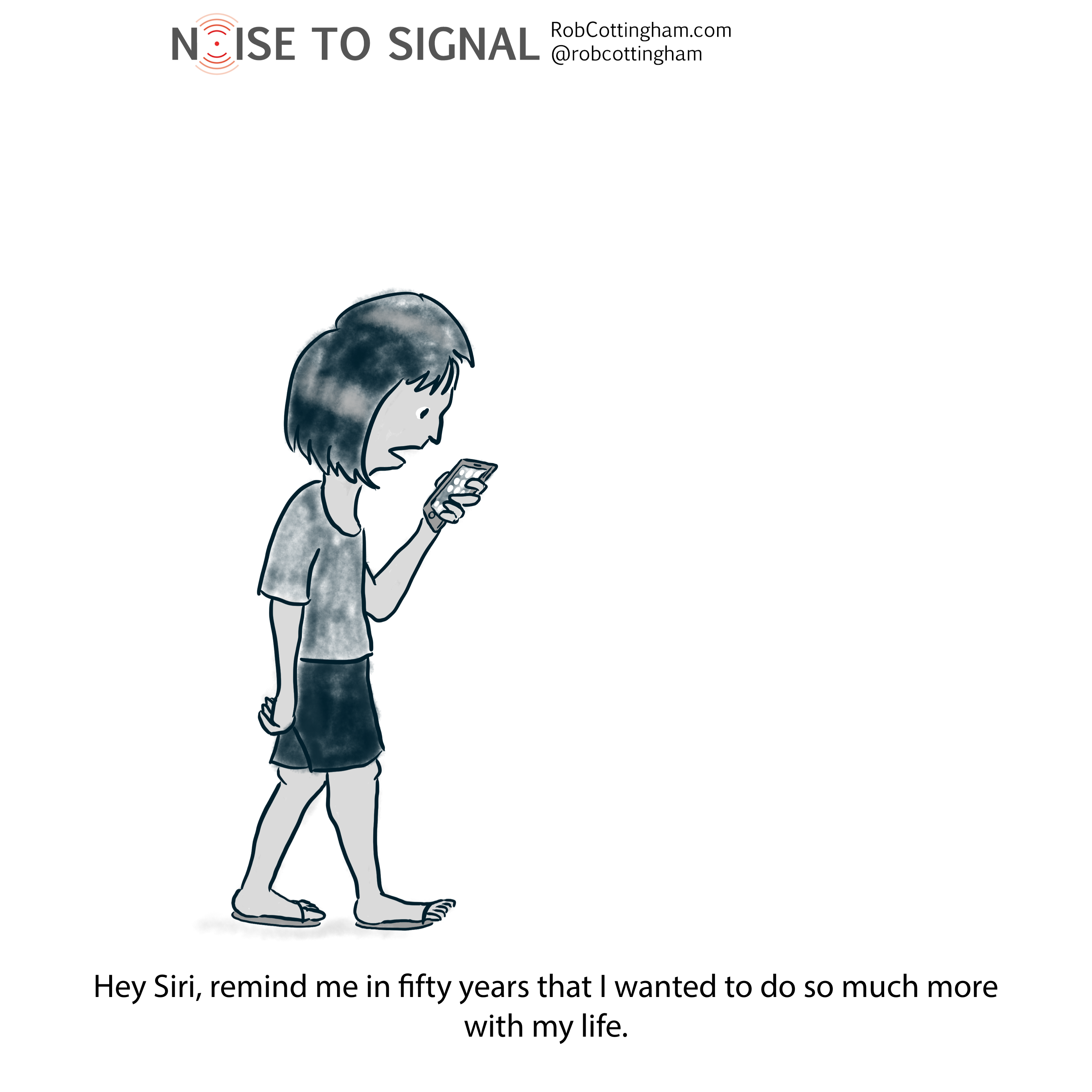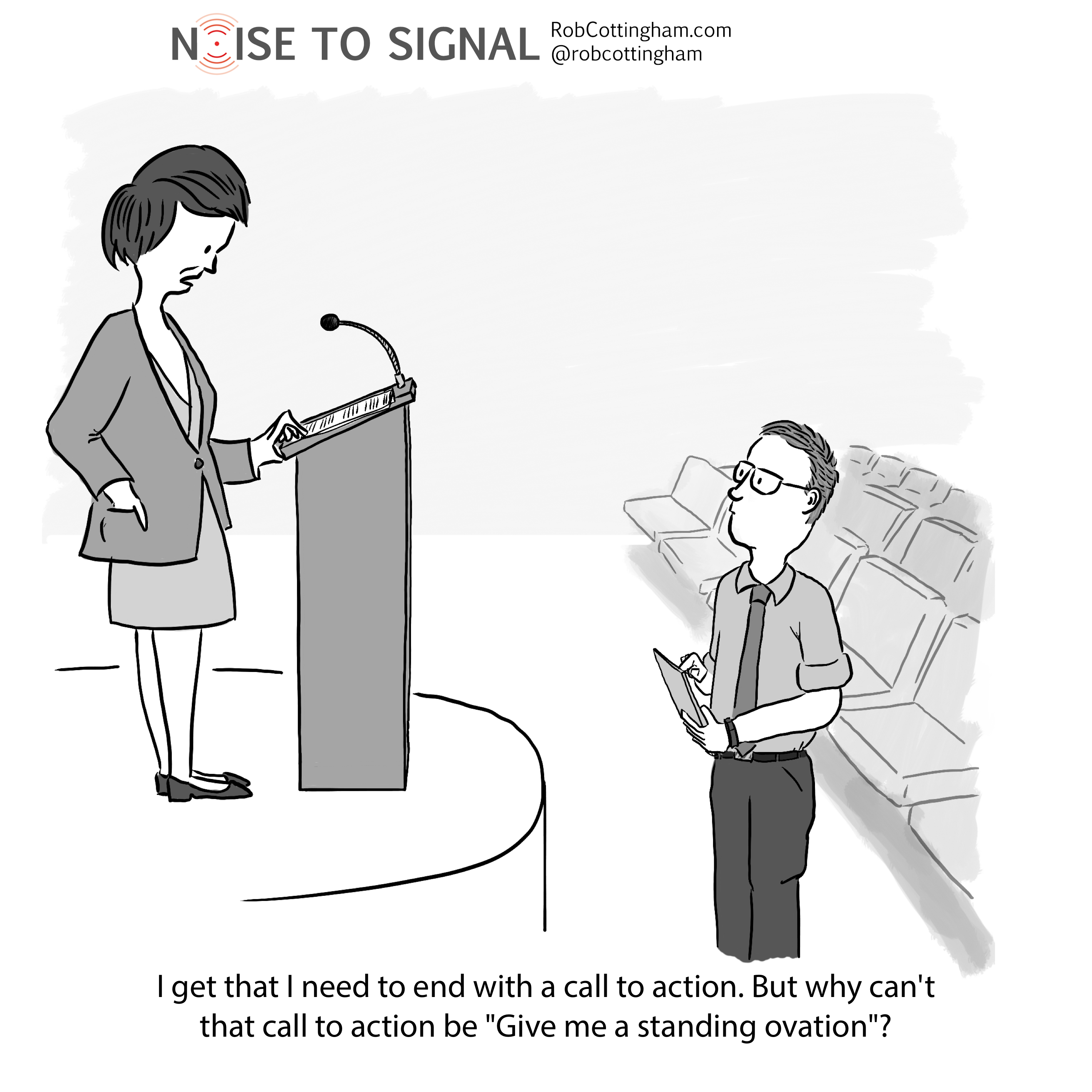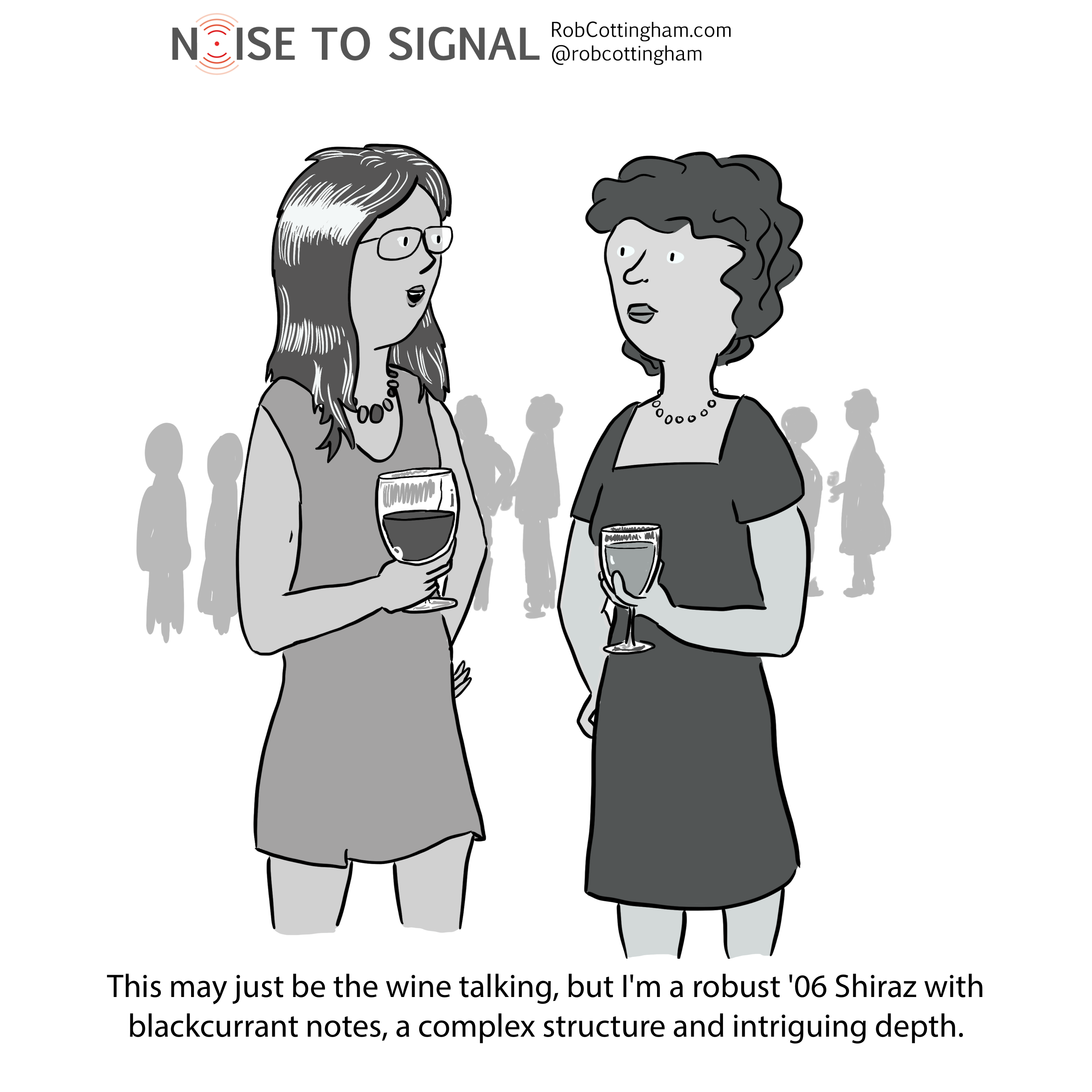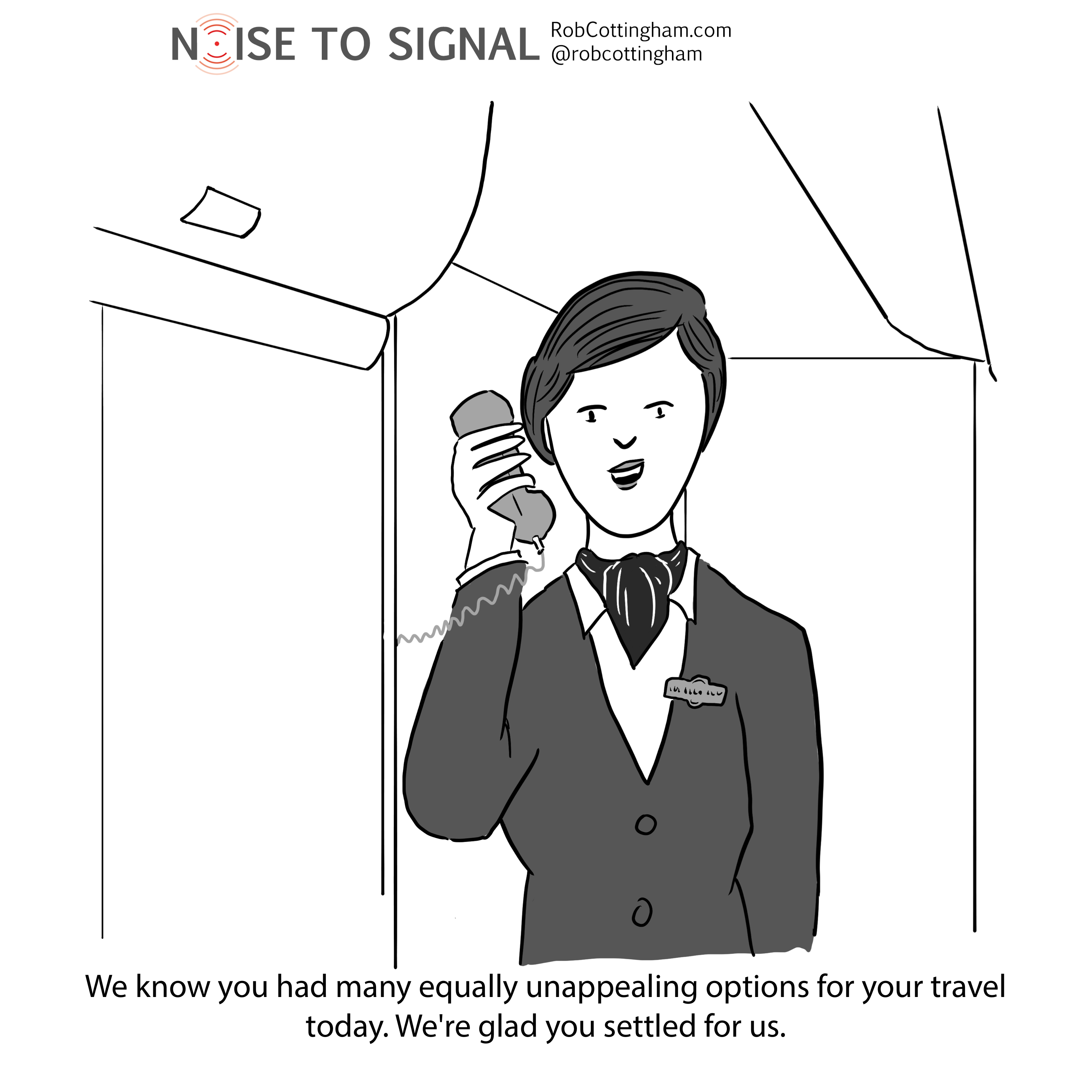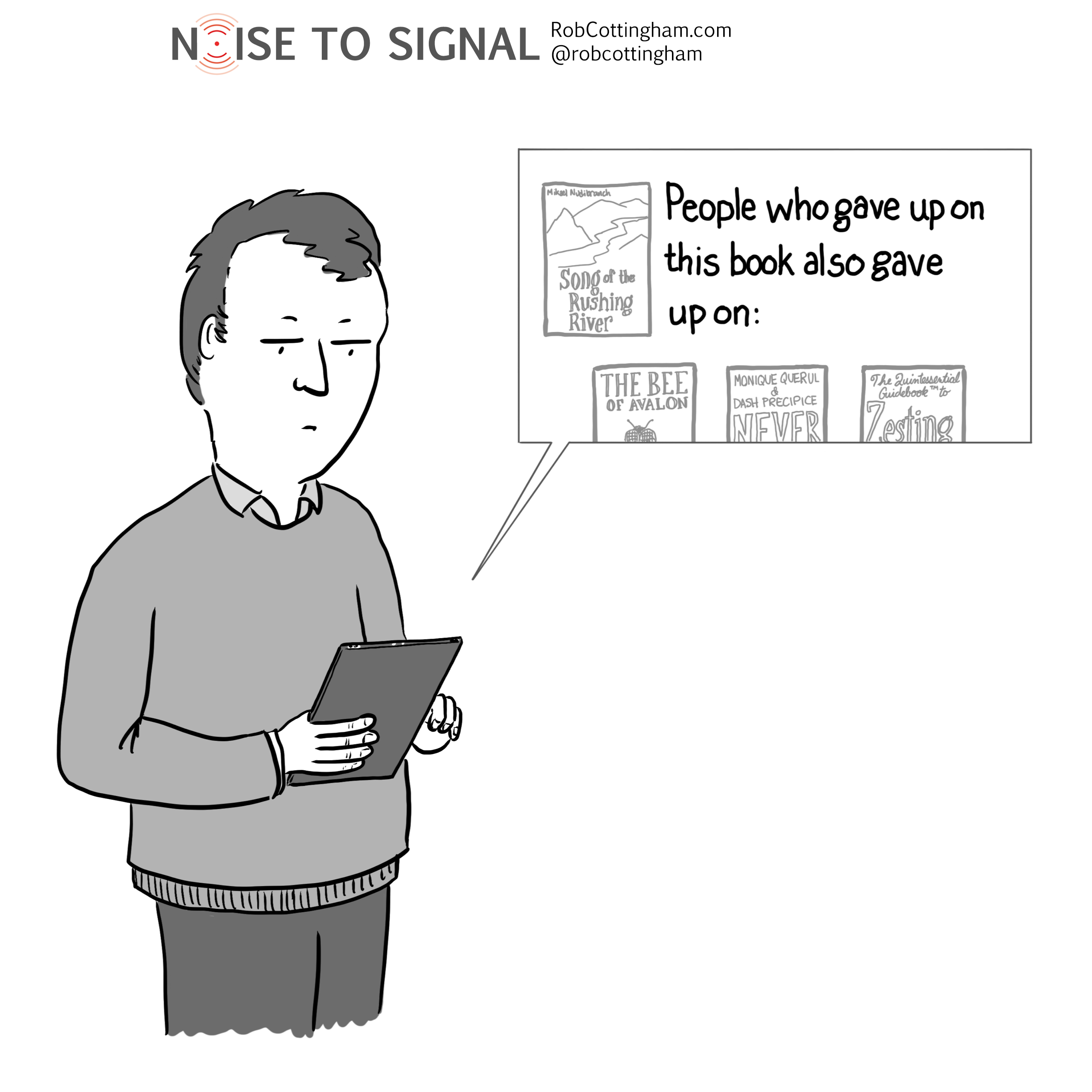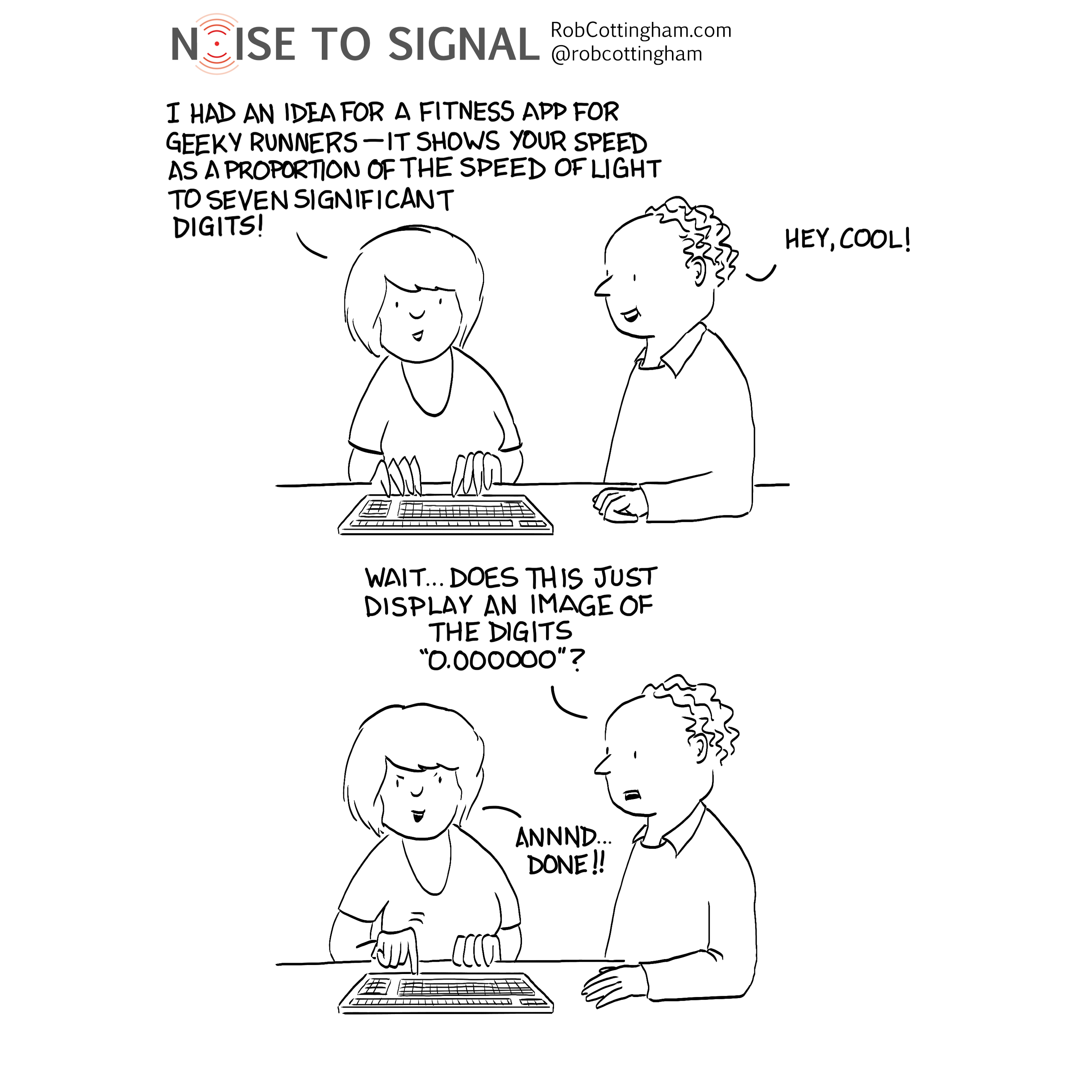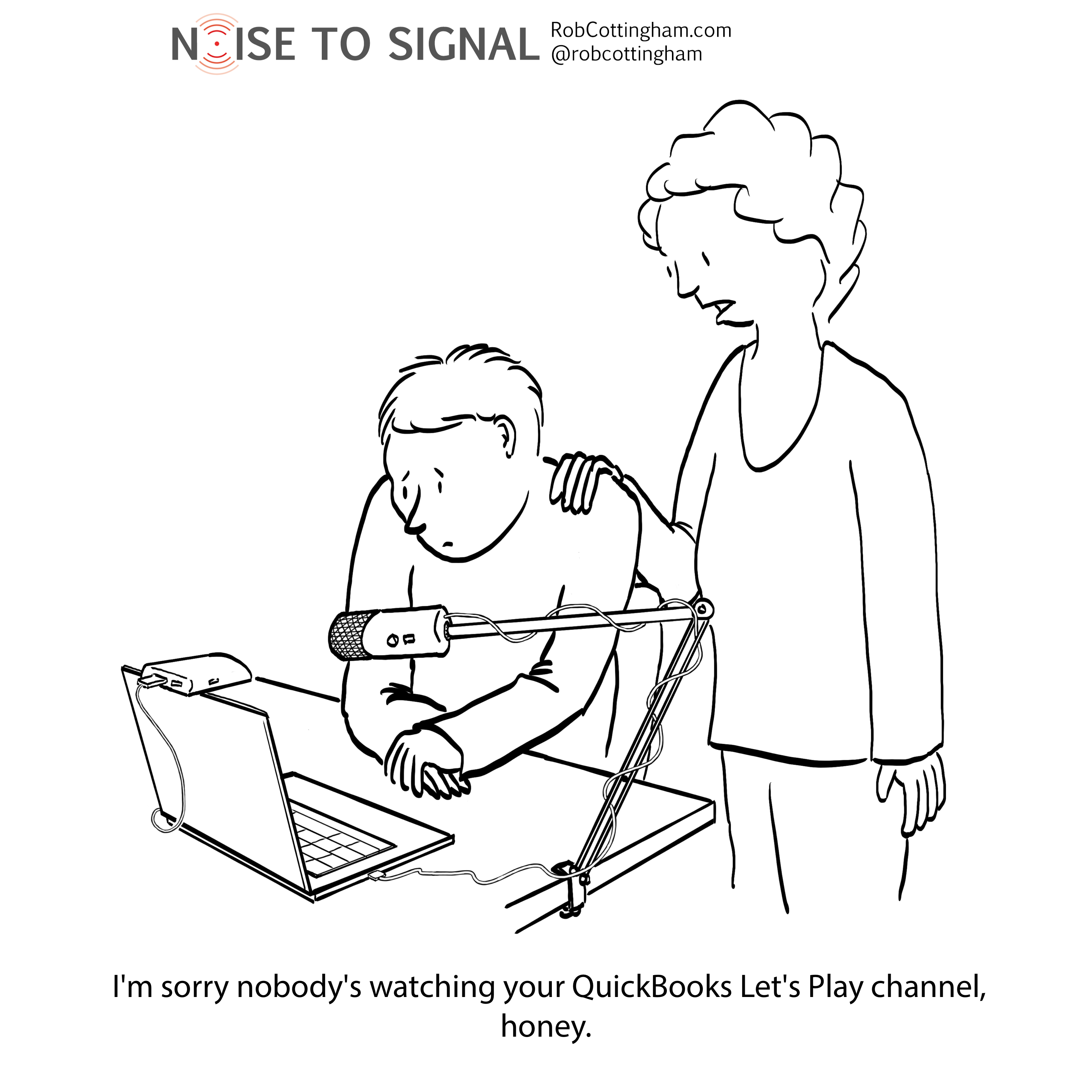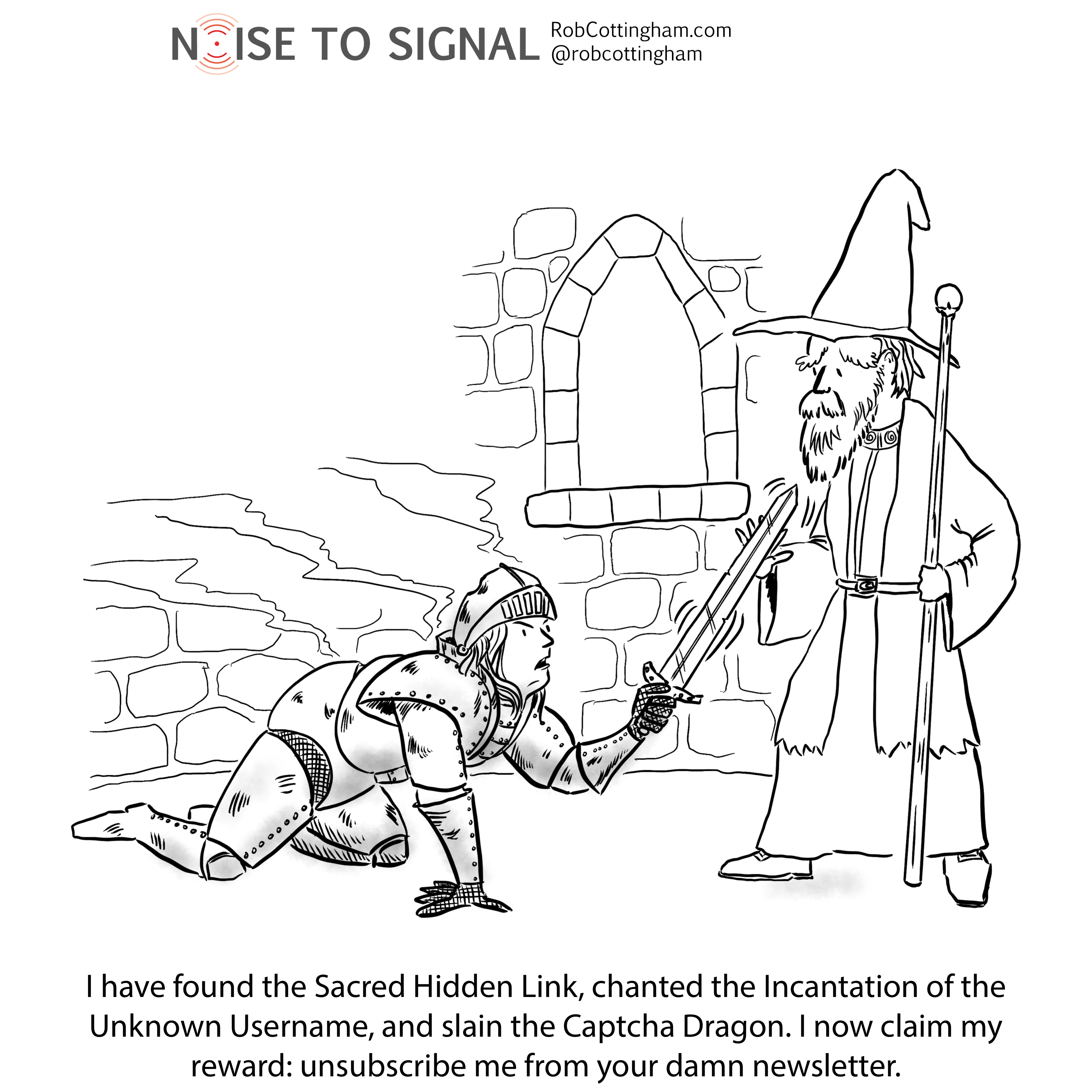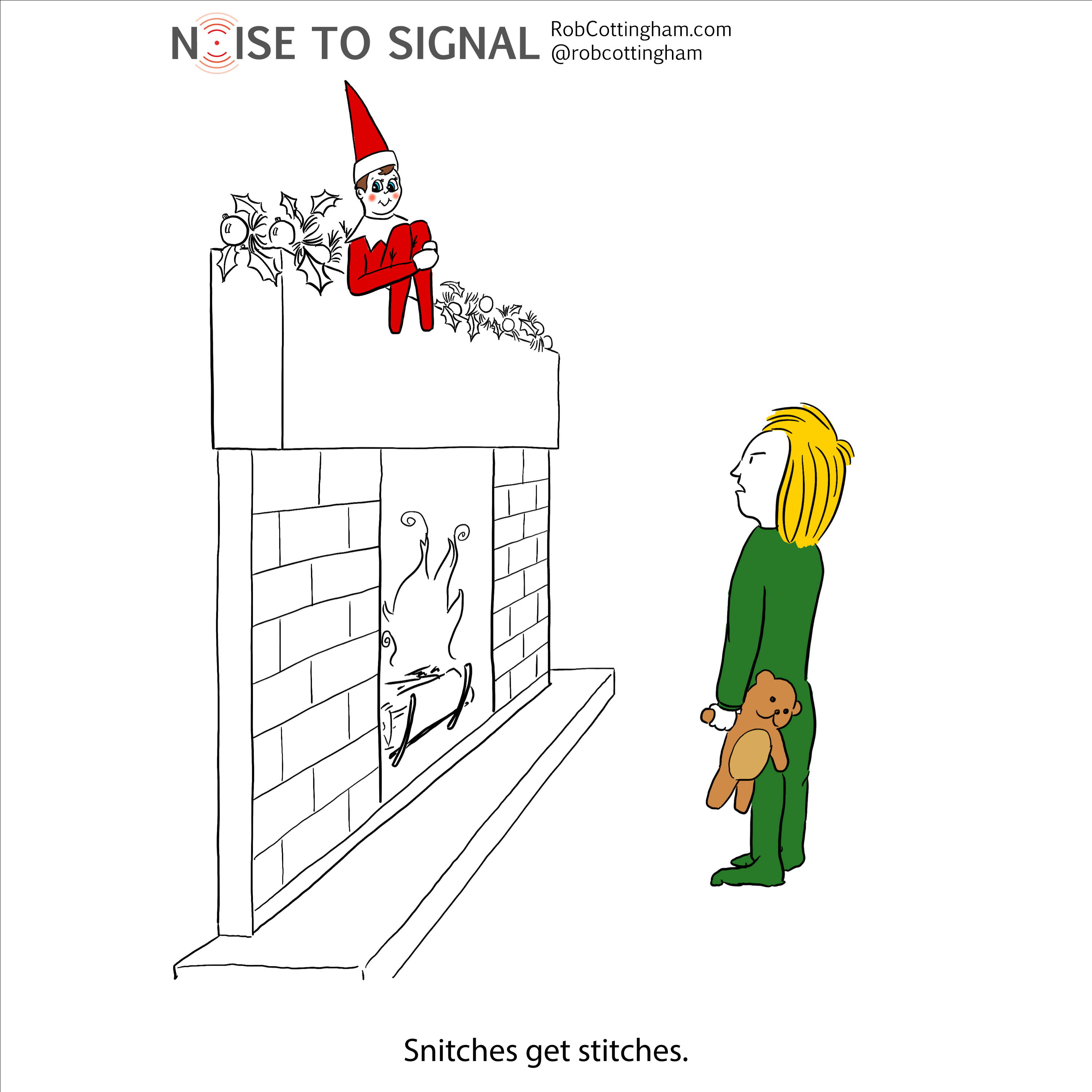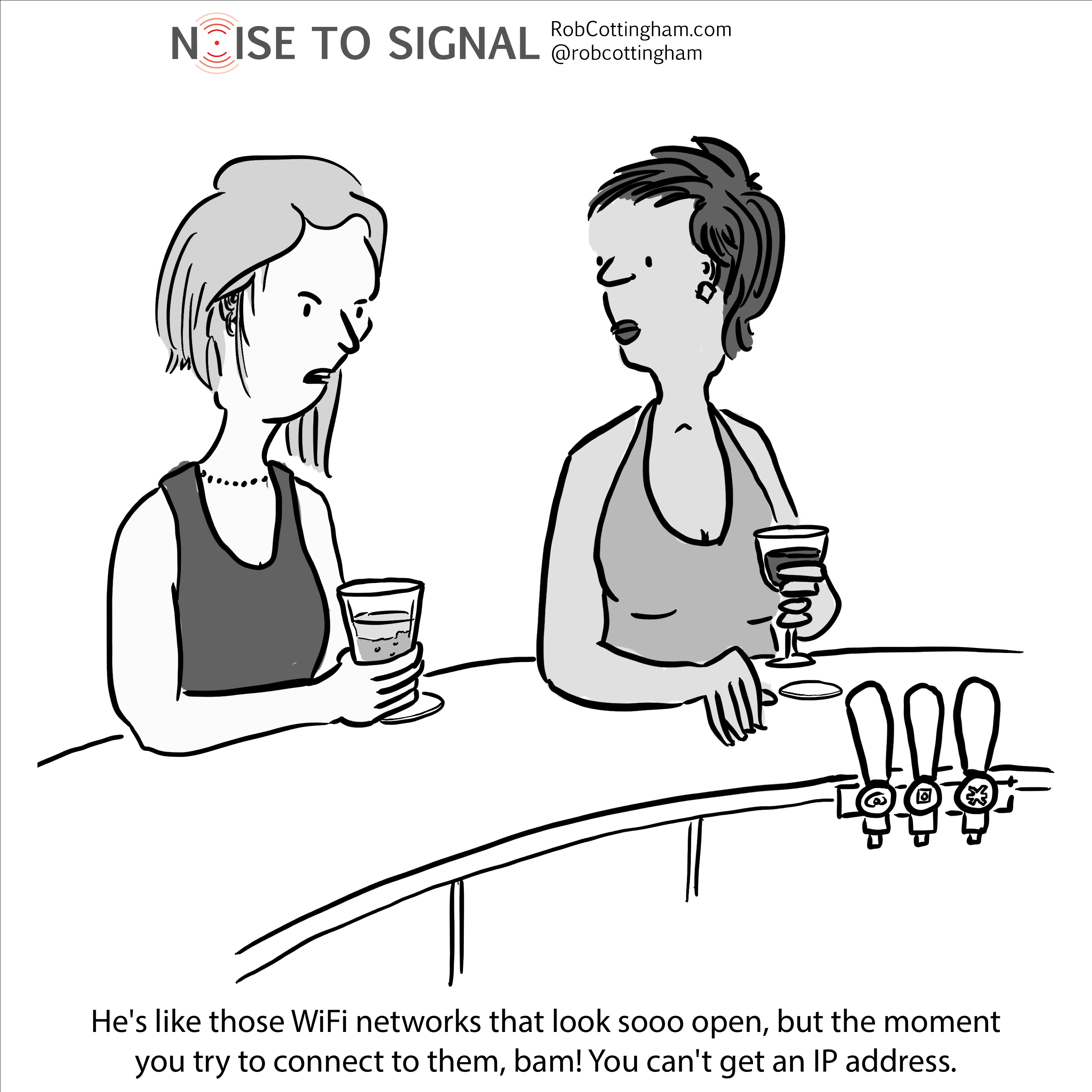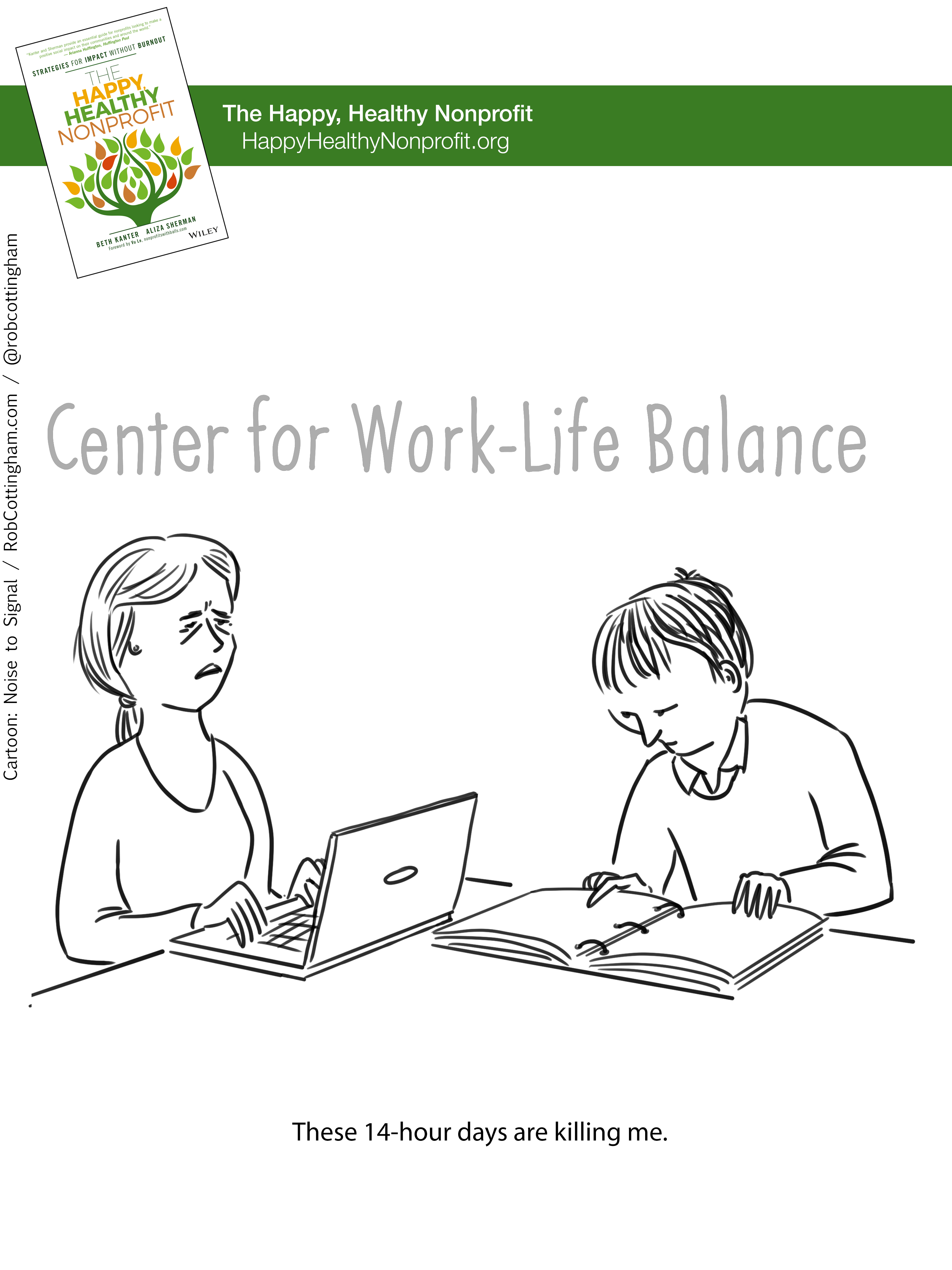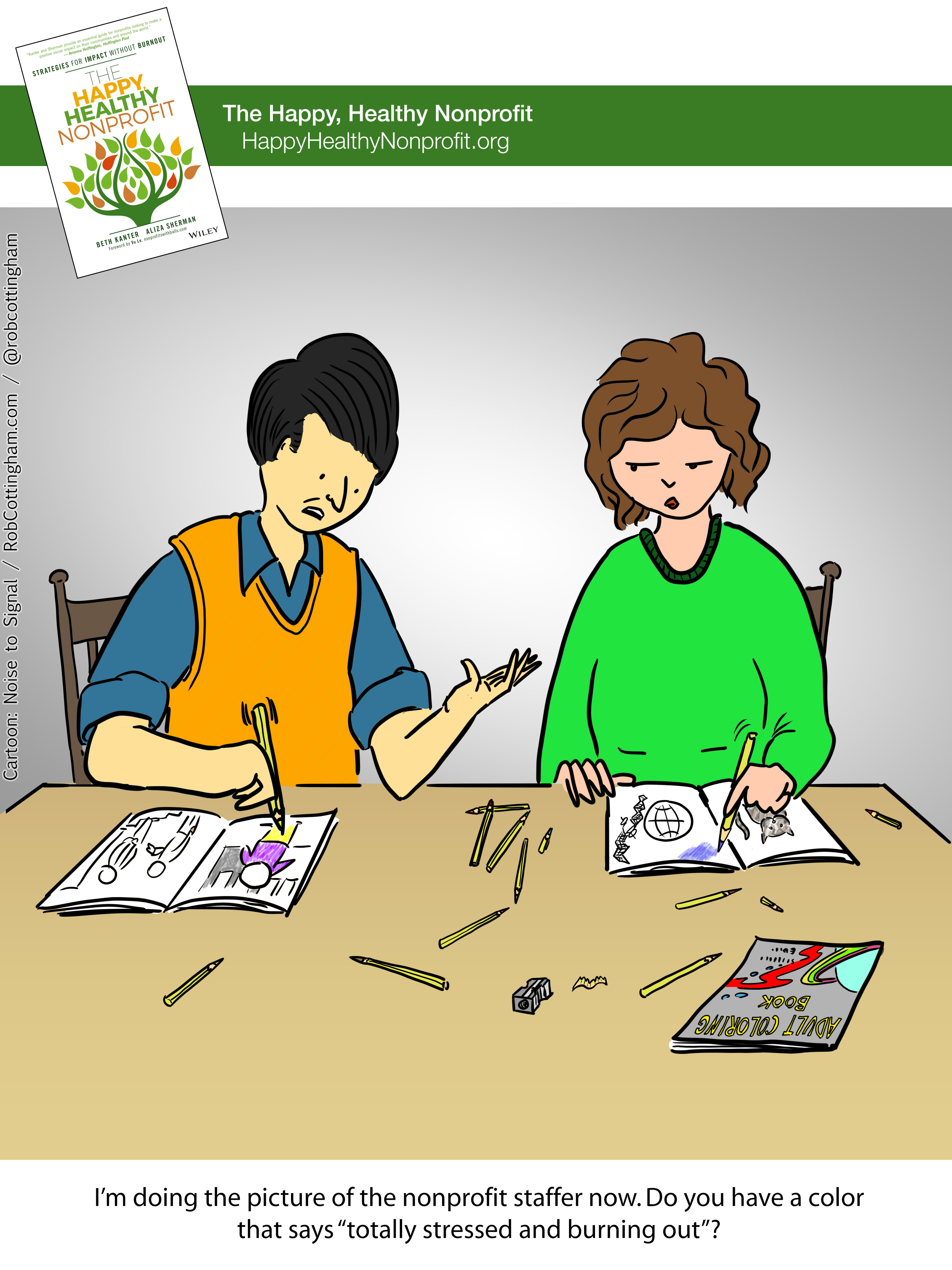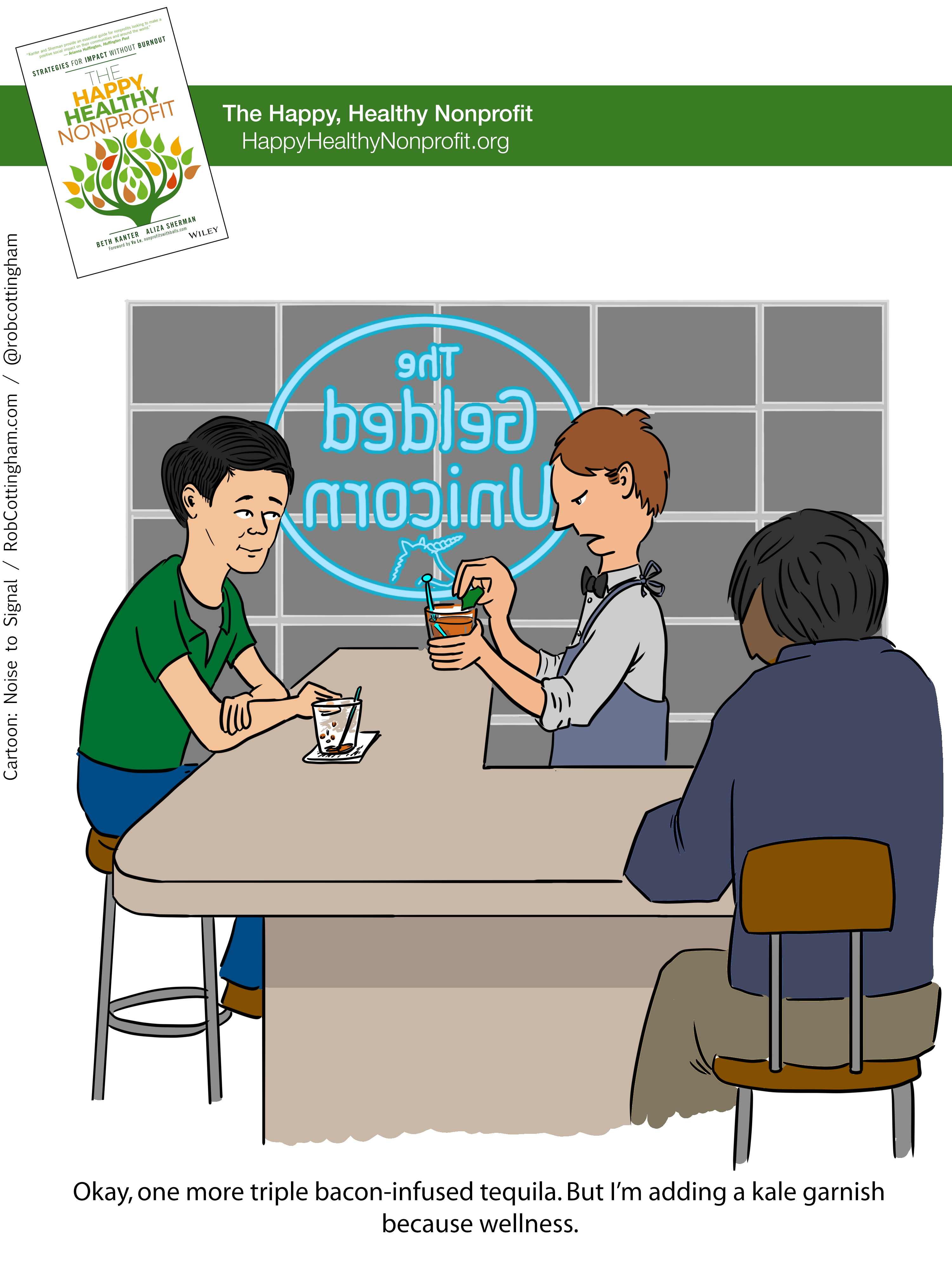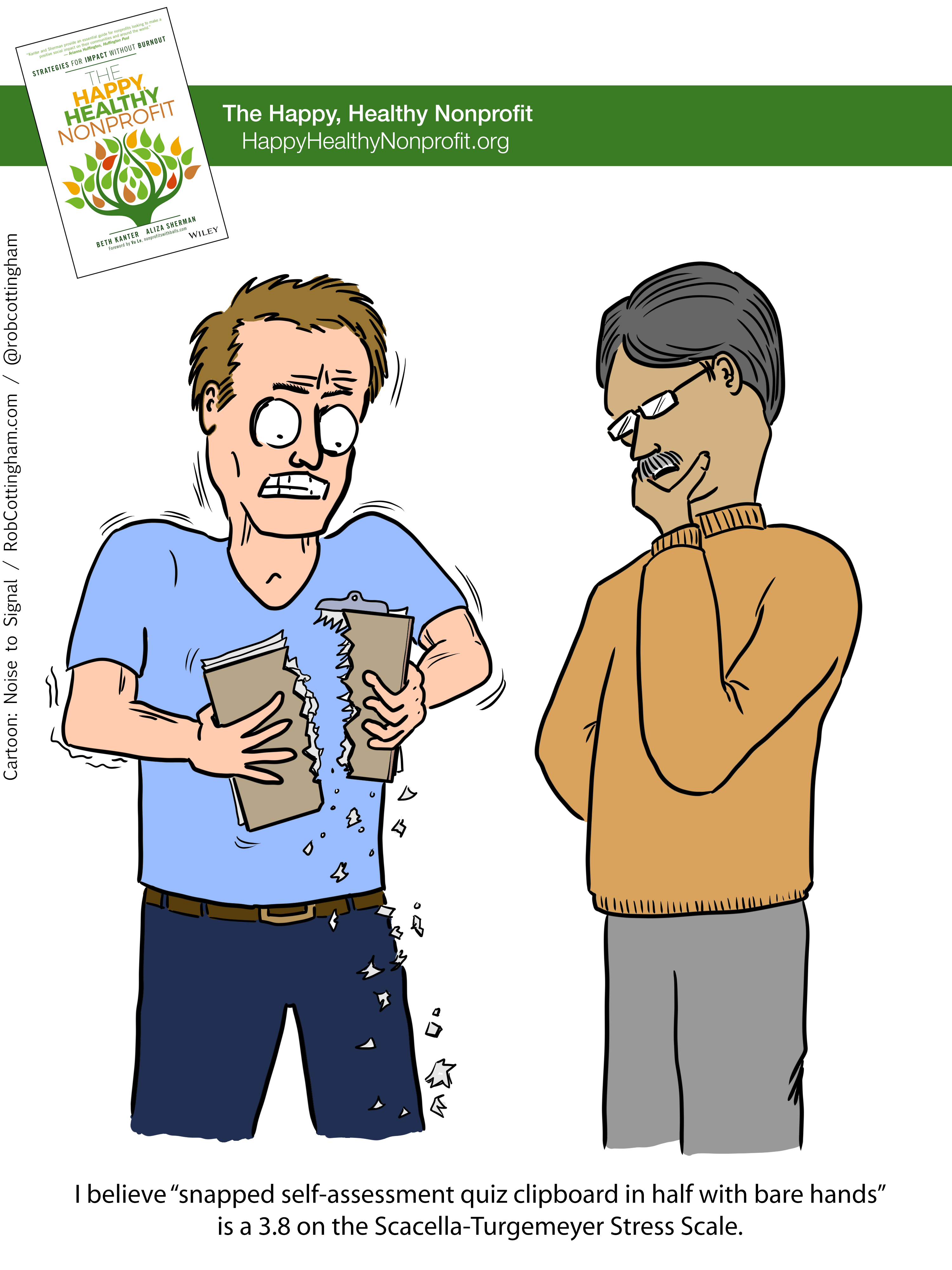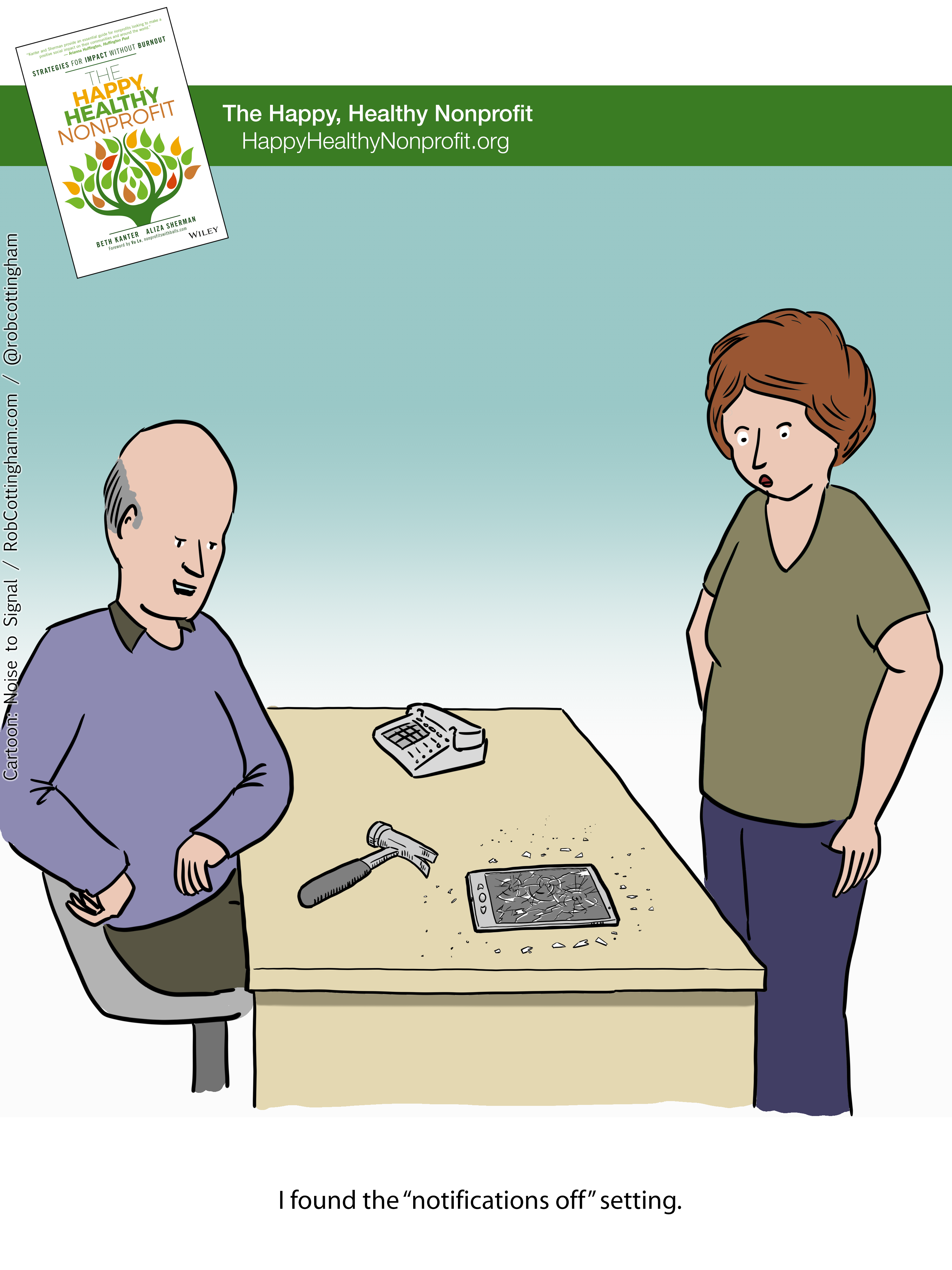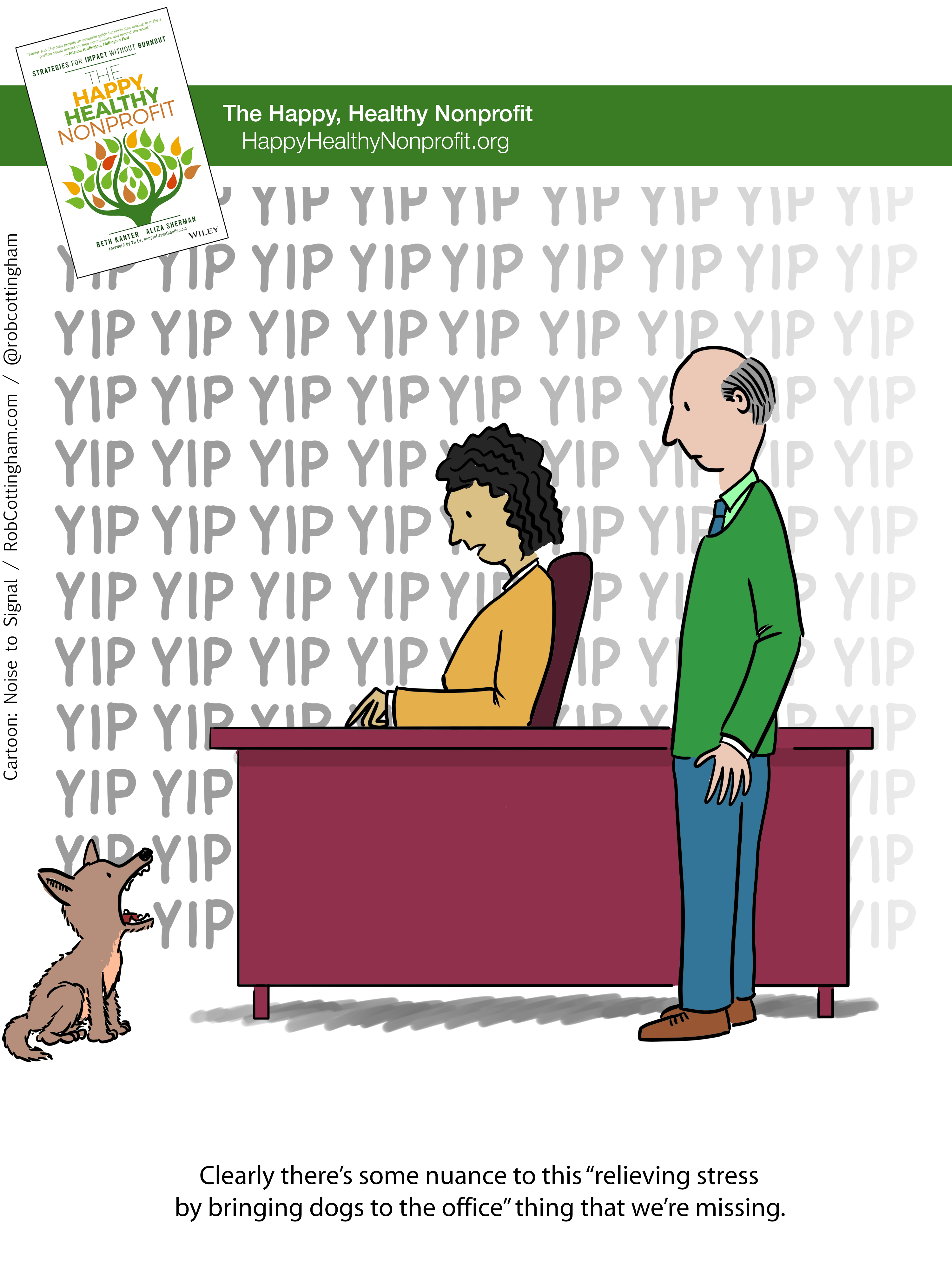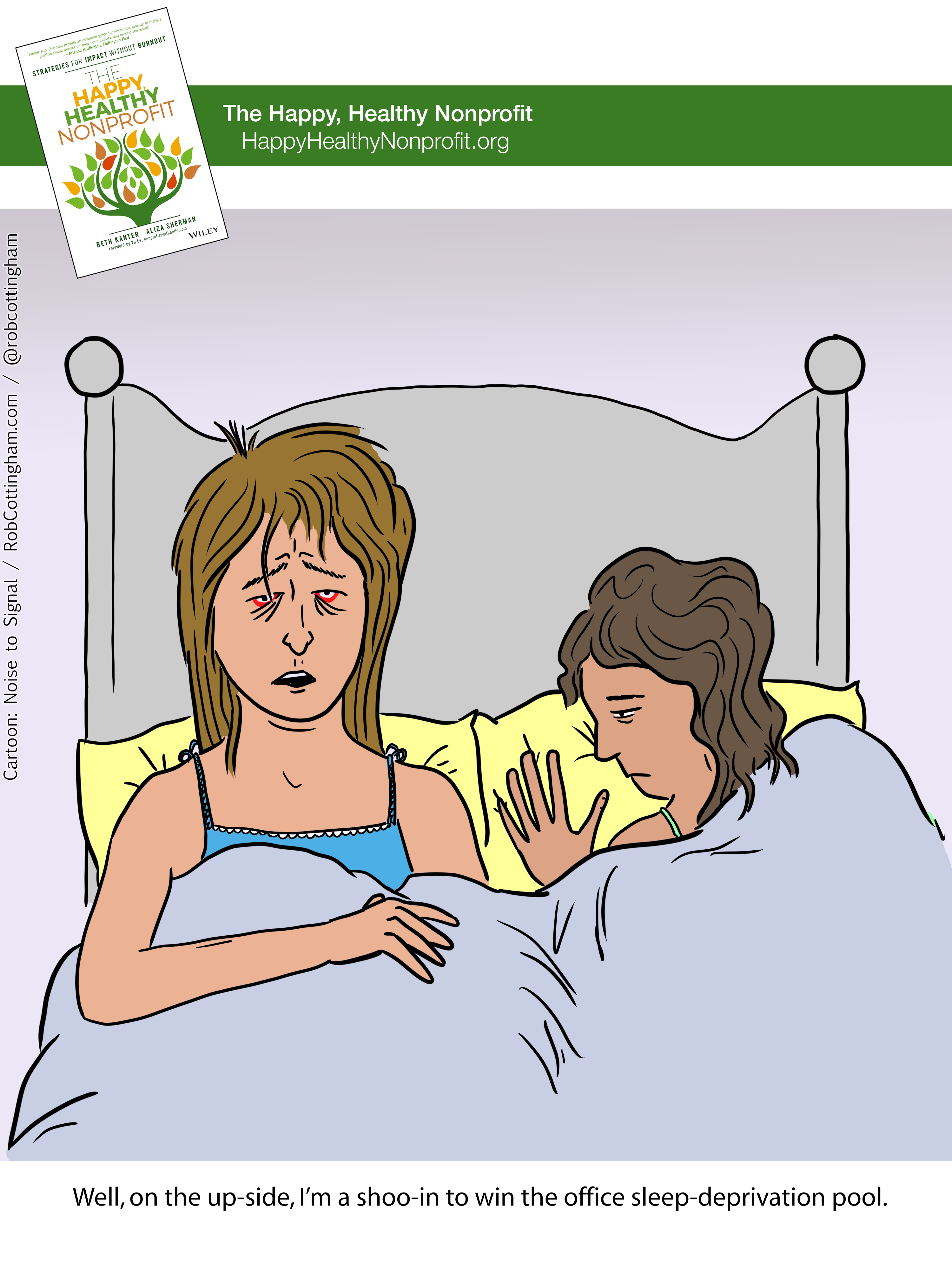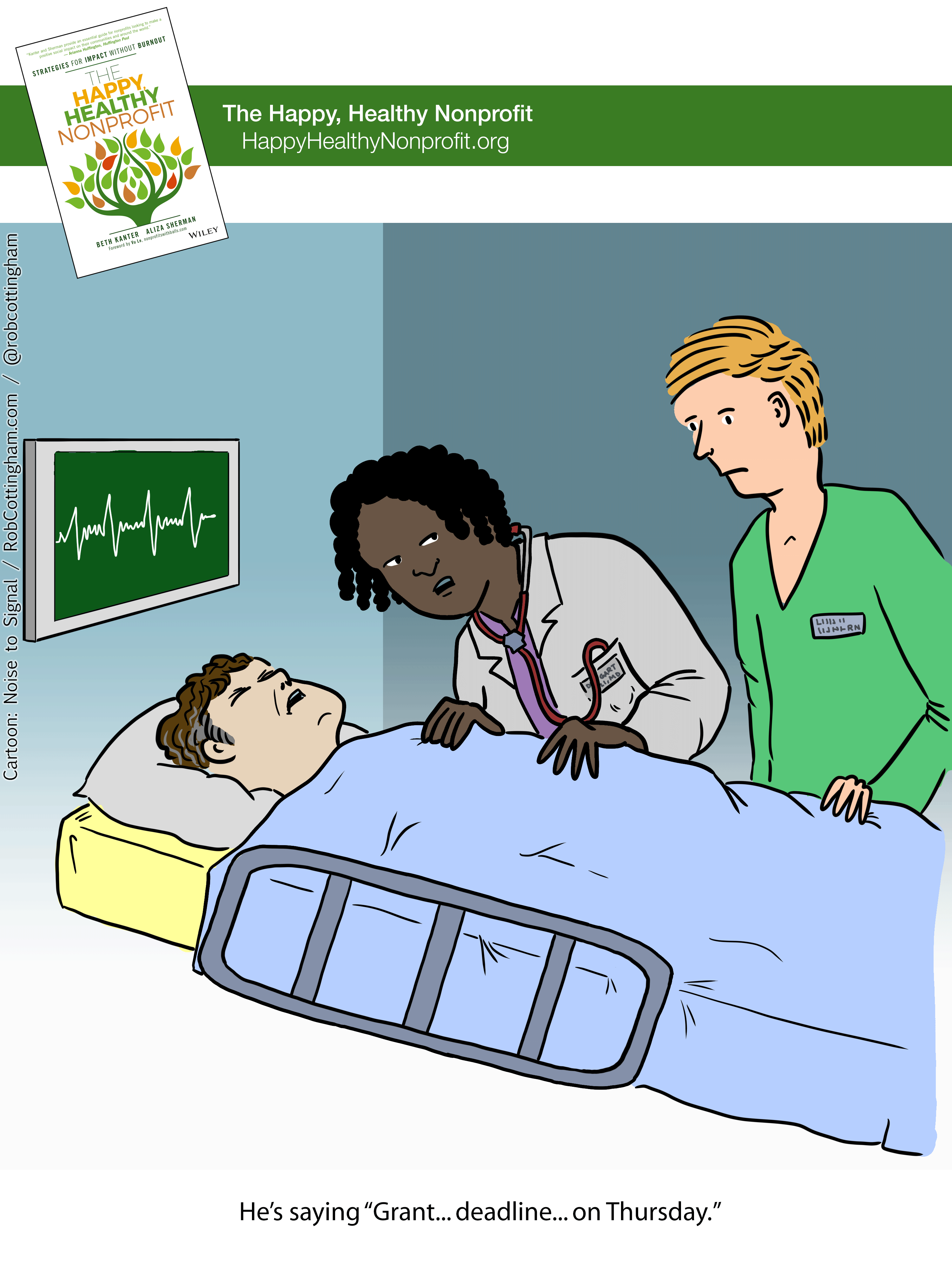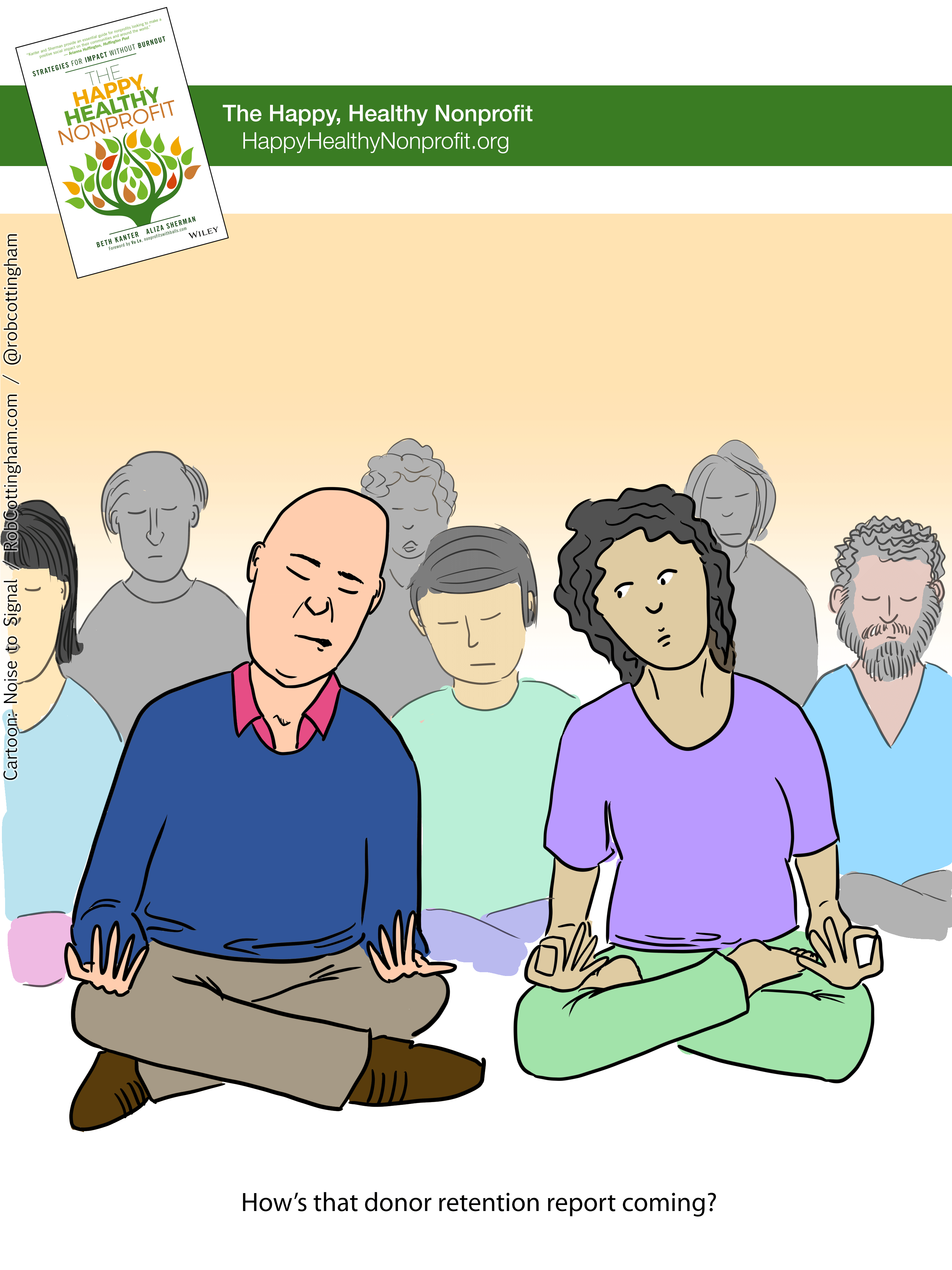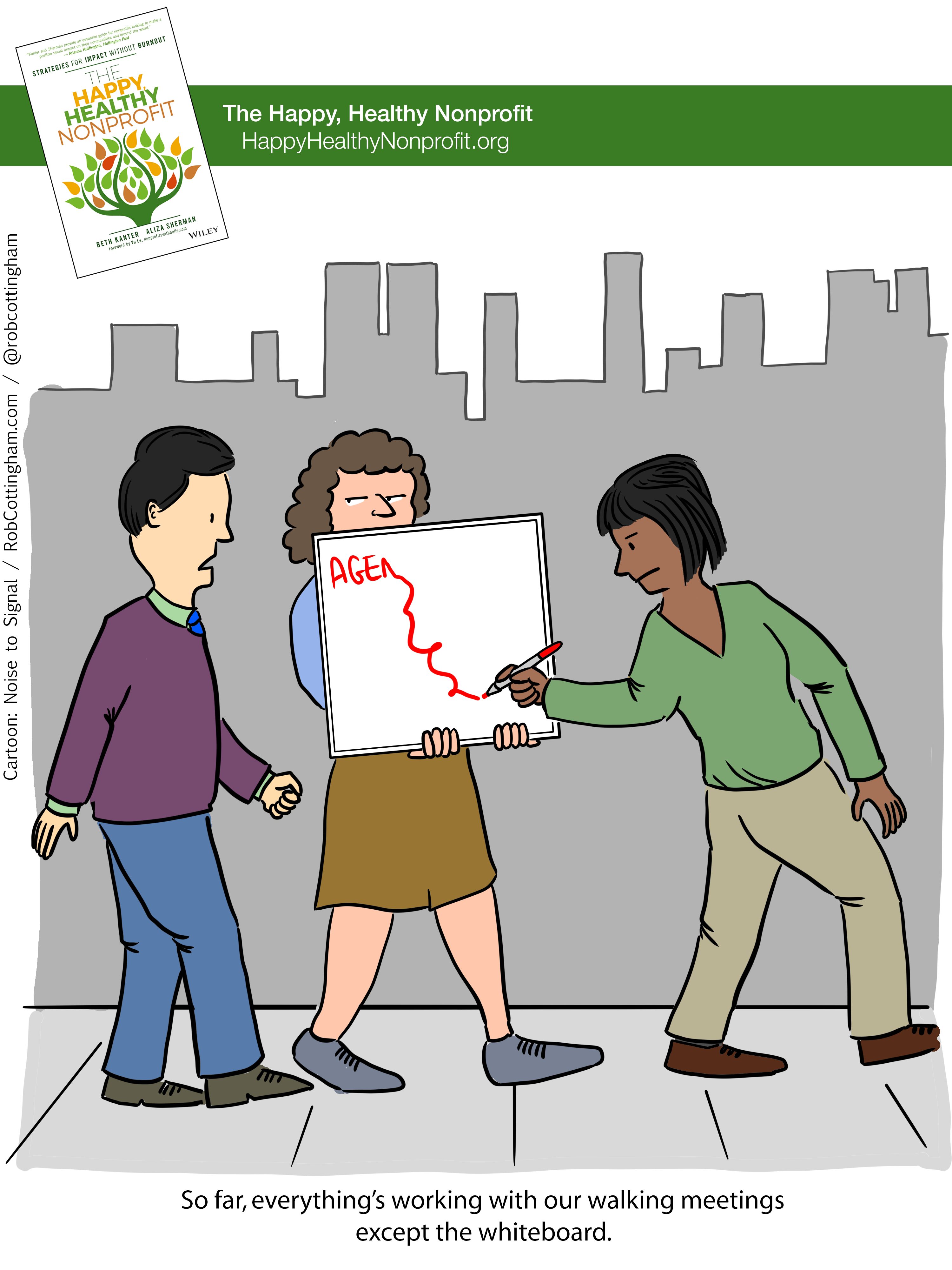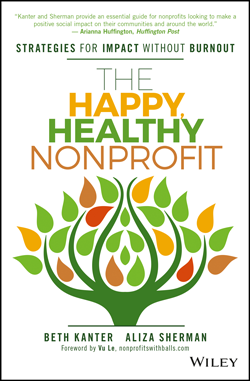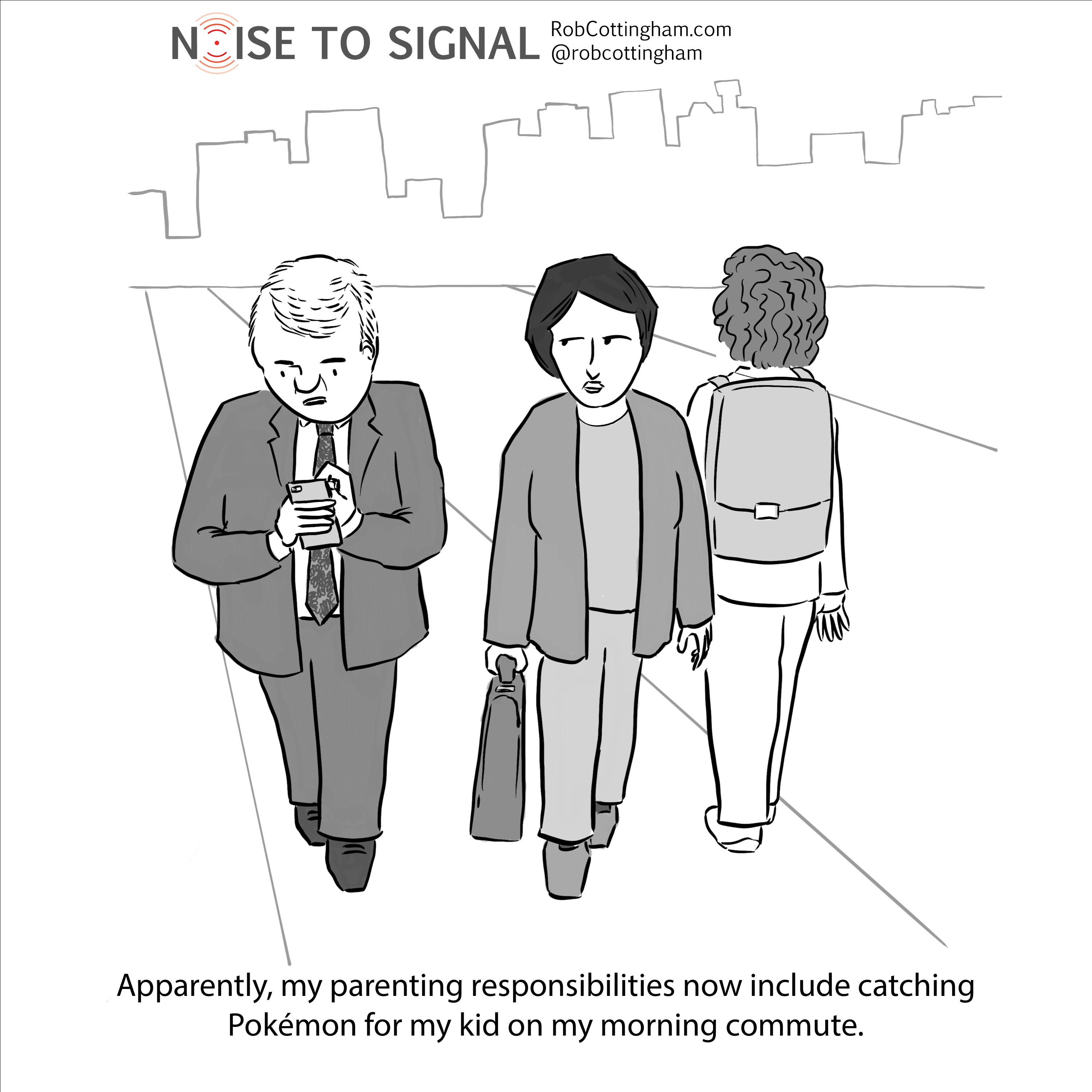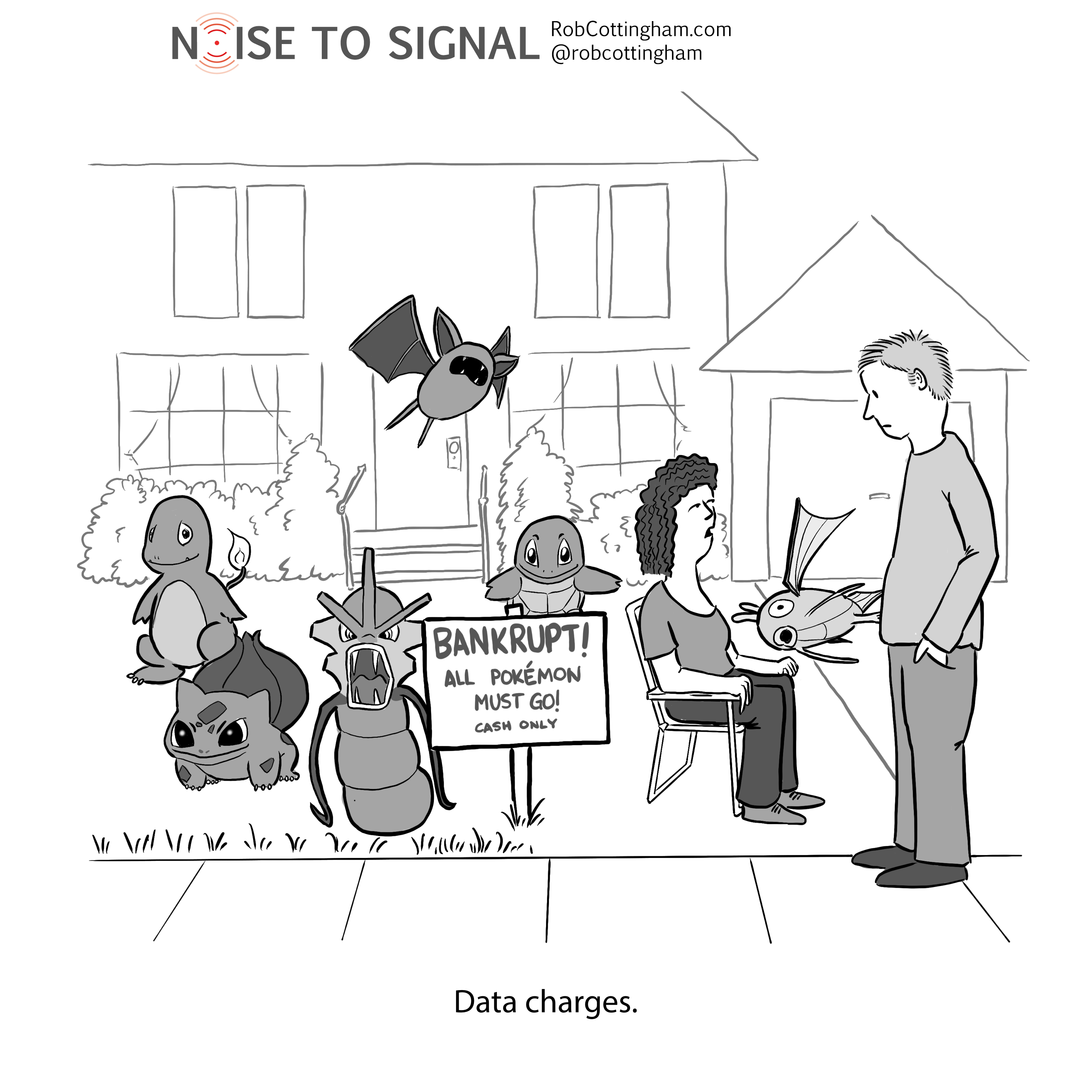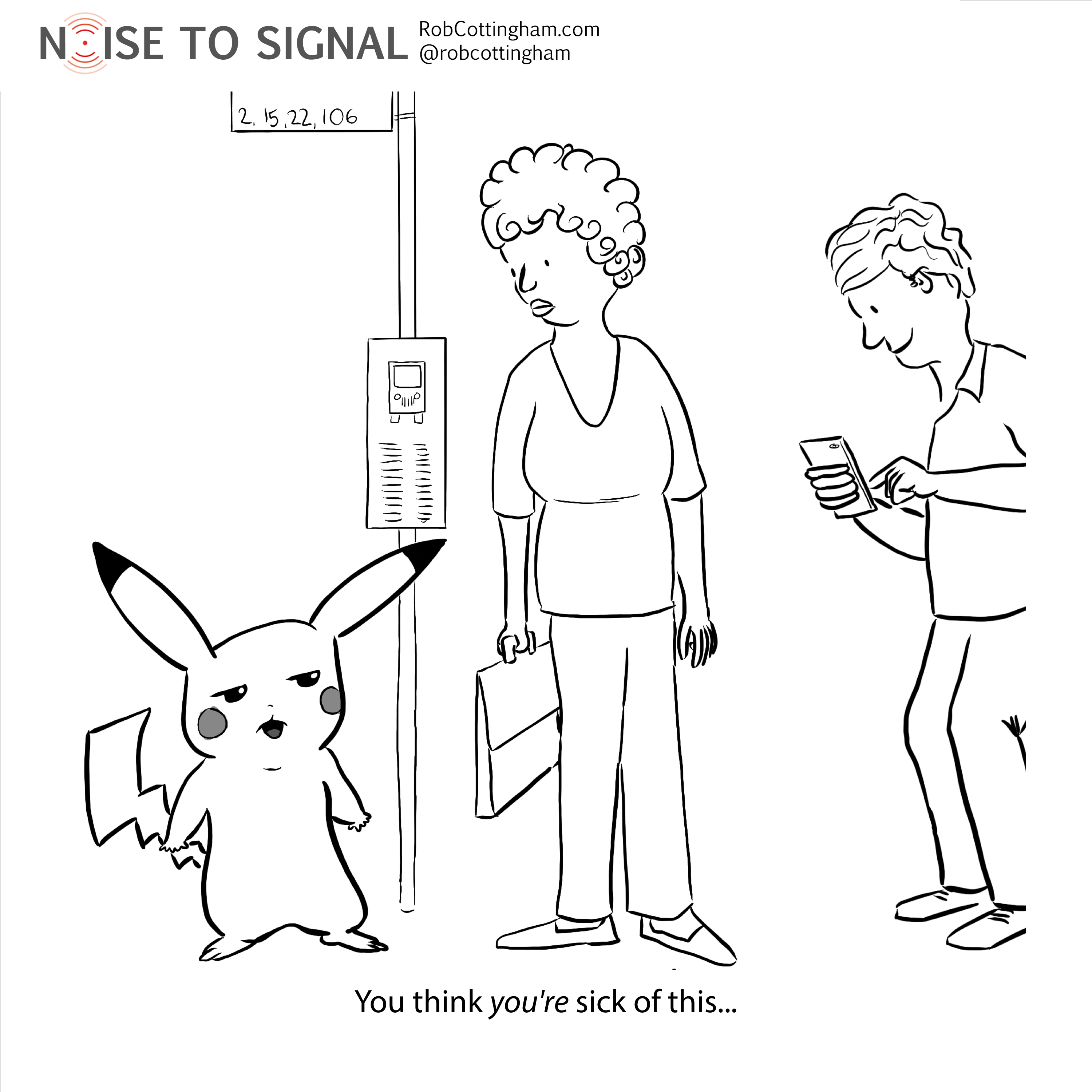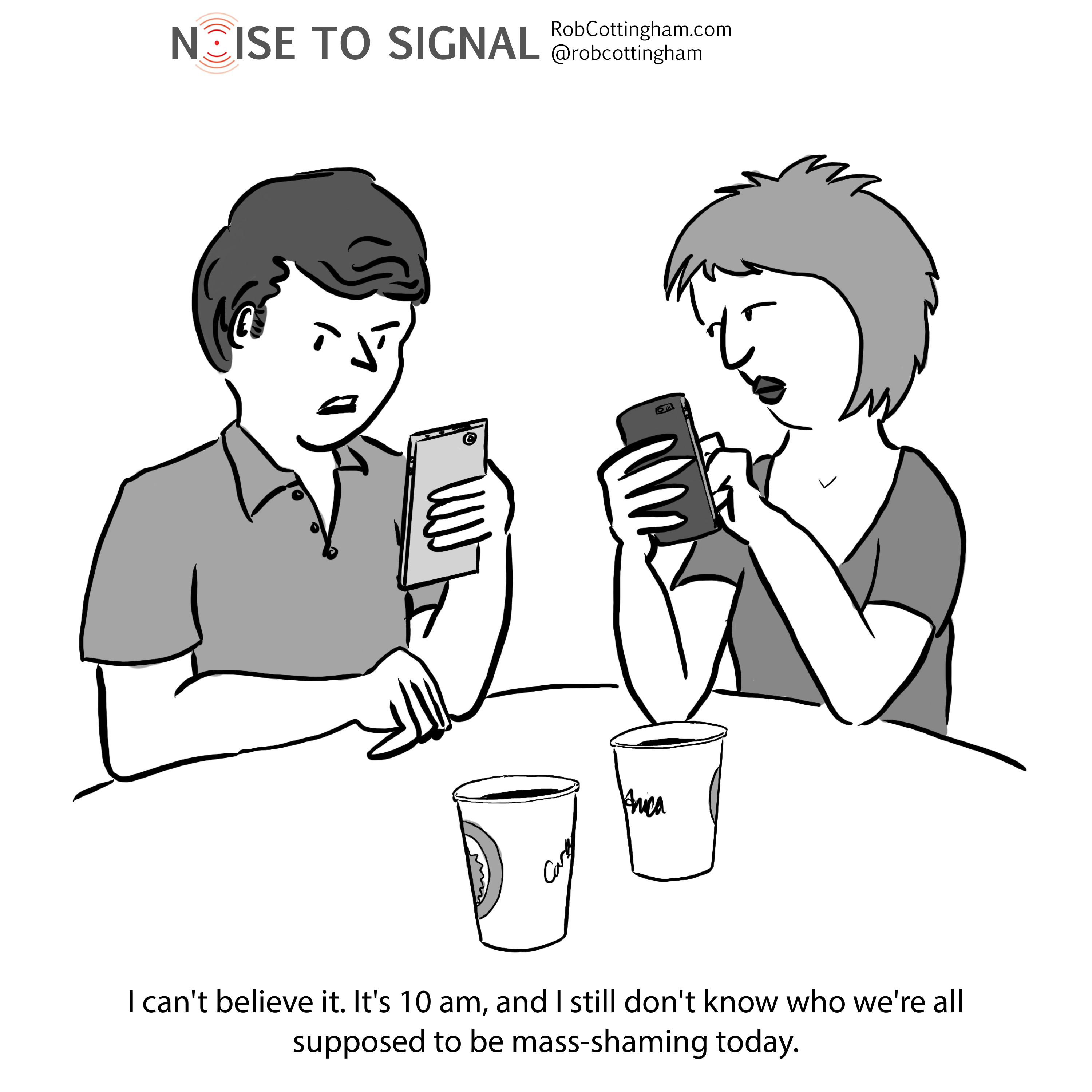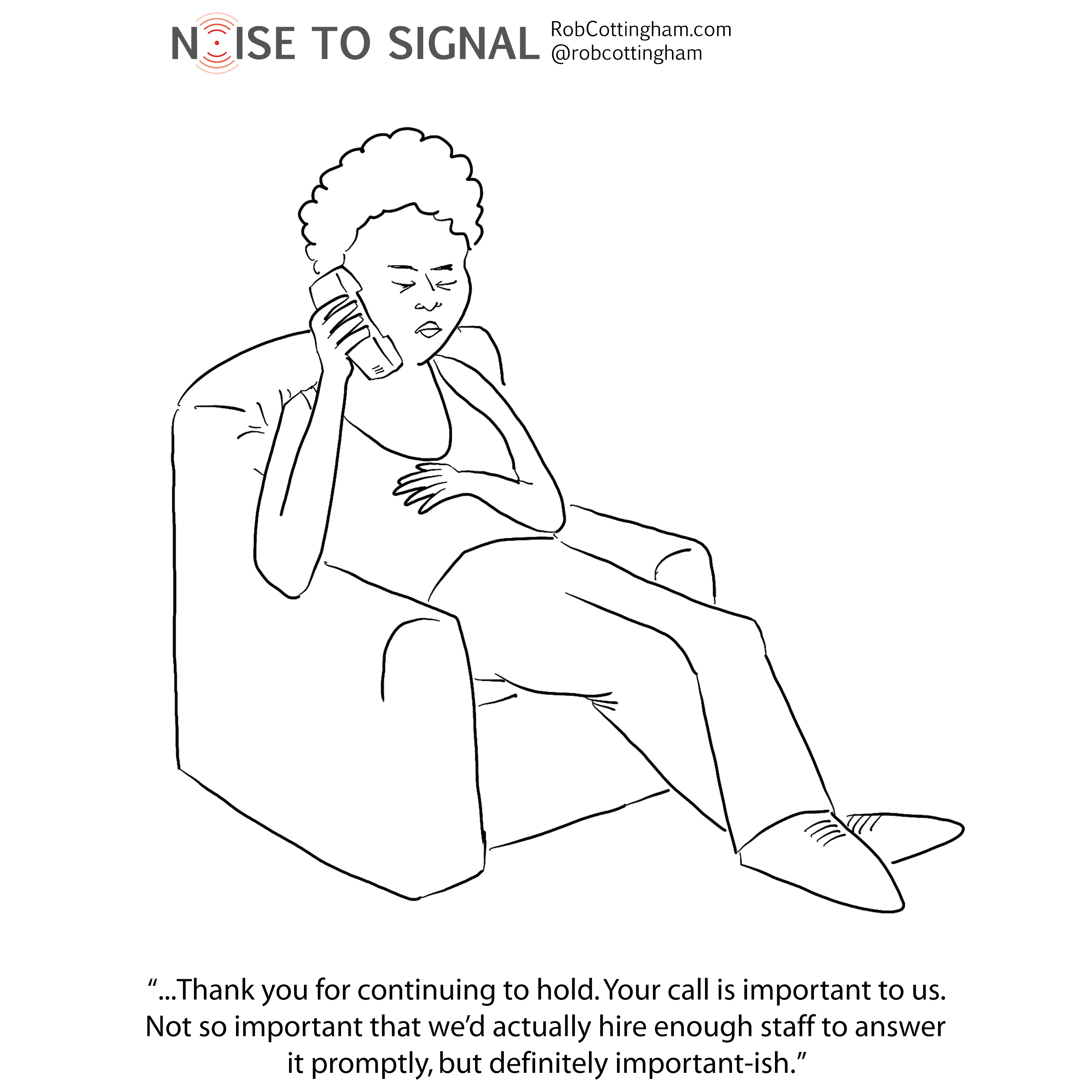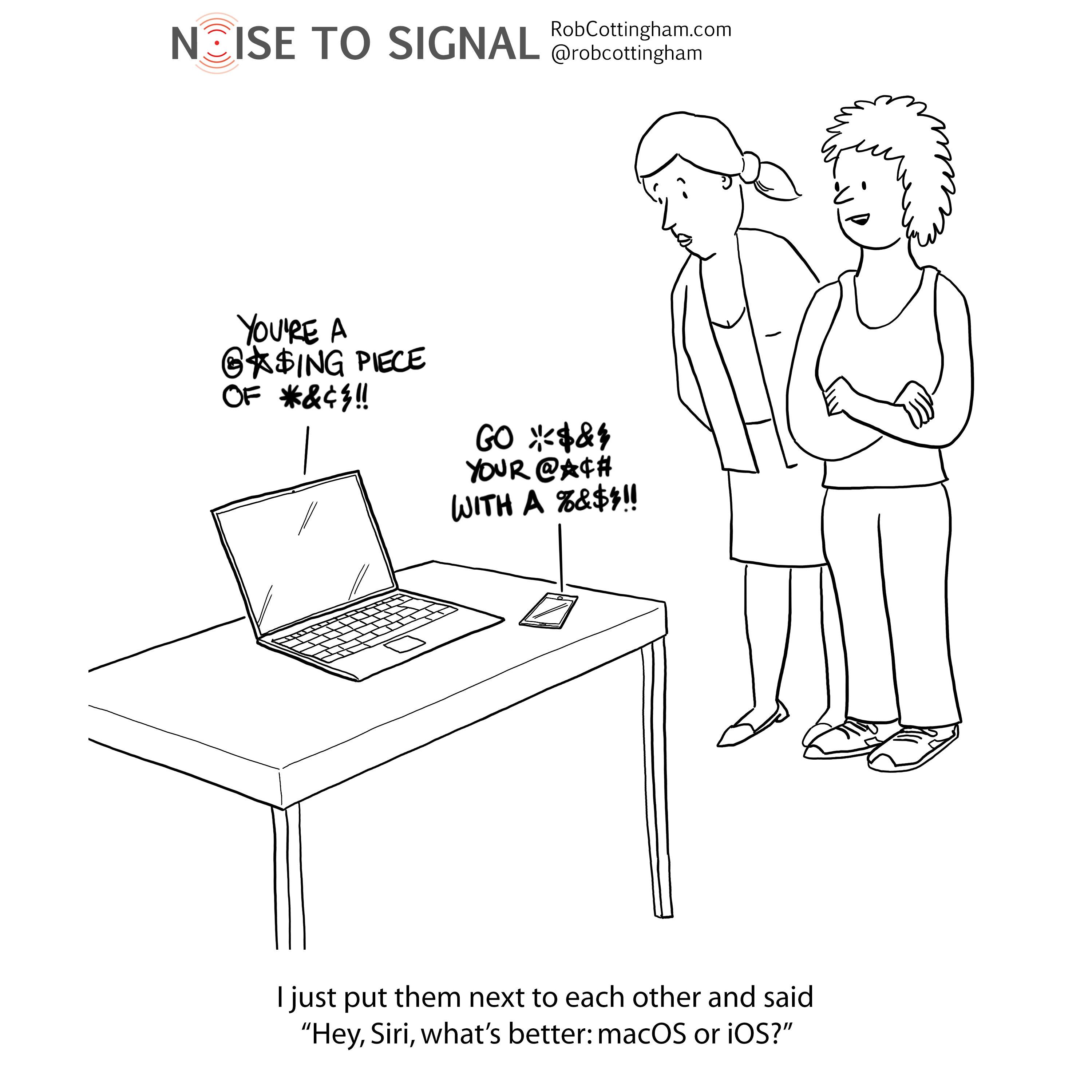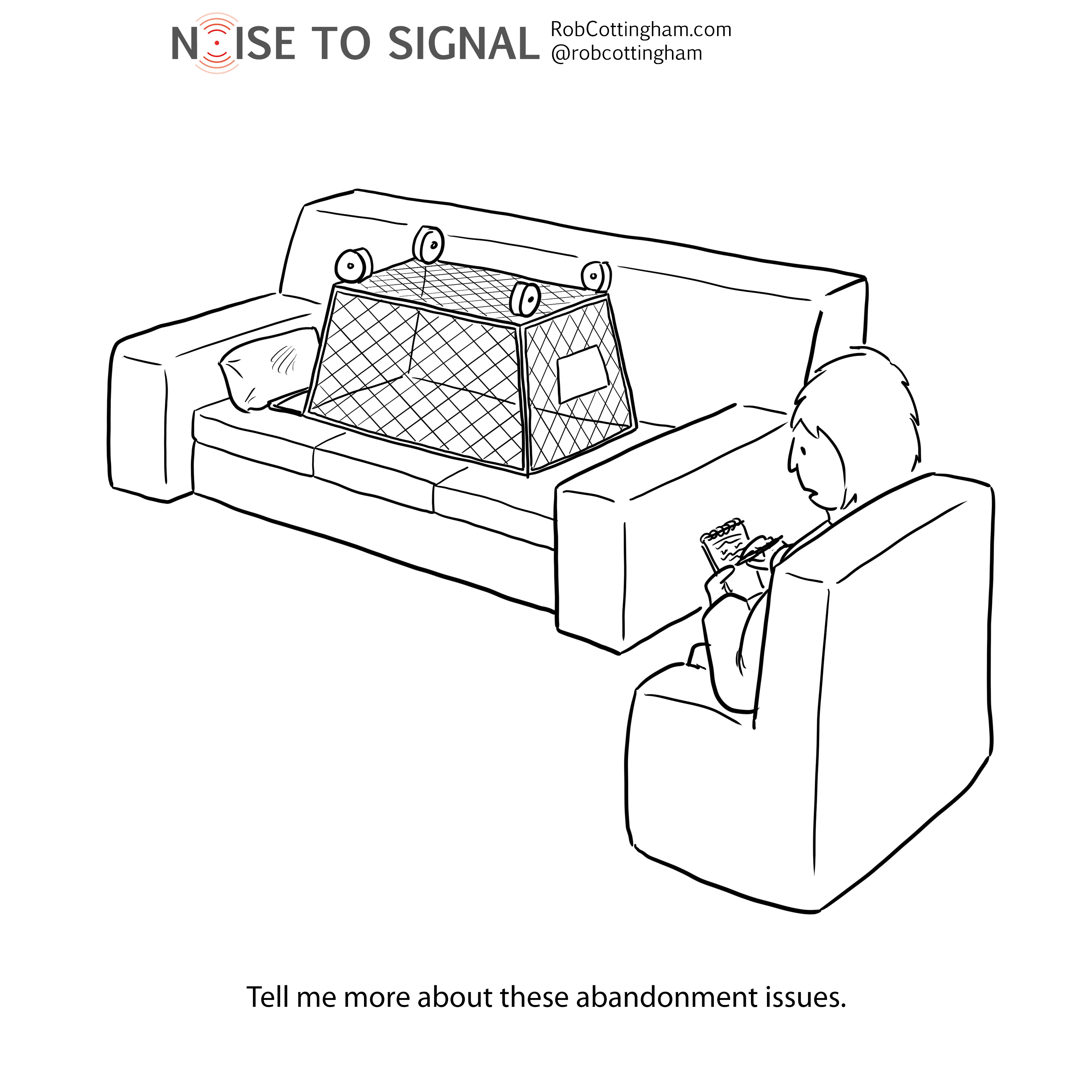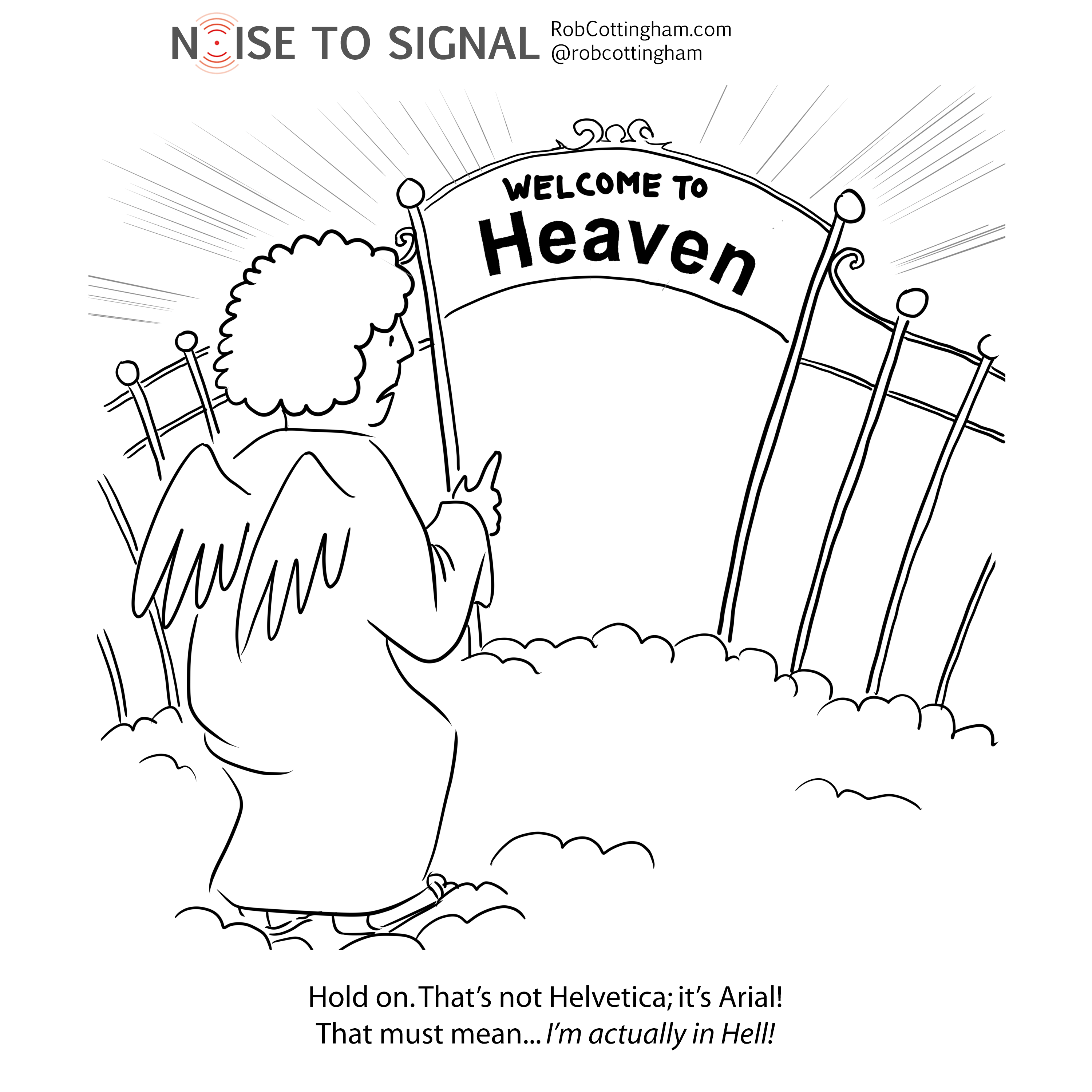The Amazon Echo — known to most of us as “Alexa” — has steadily been amassing a catalogue of modular skills you can add on. Among those skills, though, you won’t find a foolproof ability to tell when you’re talking to it… and when you aren’t.
We have two Echo Dots and a first-generation Echo in our house, and while the Echo can usually recognize its wake word, the Dots are a lot fussier. Our kitchen Dot in particular is pretty fussy about how it prefers to be addressed, and it can take two or three attempts to ask it to “Start a timer for 11 minutes” or “Add broccoli to the shopping list” before it responds. (Also, it may just be me, but after I’ve had to ask several times how many grams in three ounces of grated cheese, the Dot can sound pretty condescending.)
It turns out the problem goes the other way, too. Casual conversations and TV shows alike tend to wake our living room Echo, which often responds with a baffling non sequitur. It can kind of kill the mood of a great suspense moment when Alexa’s clipped tones announce out of the blue that the weather tomorrow in Vancouver, Canada will be mostly cloudy with a high of 18 and an overnight low of 12.
But we’re still doing better than the couple in Portland, Oregon, whose Echo misinterpreted several words in an unrelated conversation as commands to record the discussion and then send it to one of the husband’s employees in Seattle. (Fortunately for all concerned, the conversation apparently wasn’t to the effect of “You won’t believe the bozo I hired in Seattle.”)
And we weren’t among the people who were creeped out by the sound of their Echo devices laughing spontaneously. Here, tool, the culprit — at least according to Amazon’s explanation — was a voice recognition error. In this case, the Echo interpreted some sound or other to mean “Alexa, laugh” and then emitted what by all accounts was a grotesque parody of human laughter. Nobody who heard it has apparently been able to sleep since.
So sure, we’ve had to learn to enunciate very precisely. But all in all, things could be much worse at our end. Okay. Alexa, post cartoon. …Alexa, post cartoon. ALEXA. POST. THE DAMN. CARTOO

